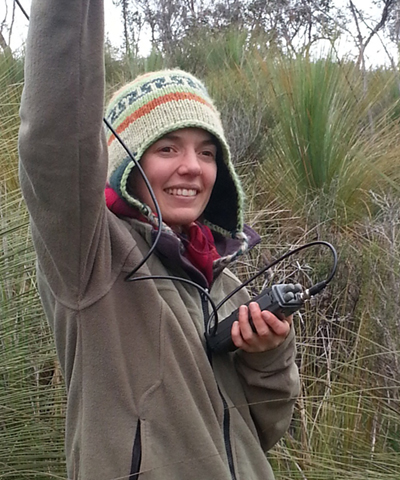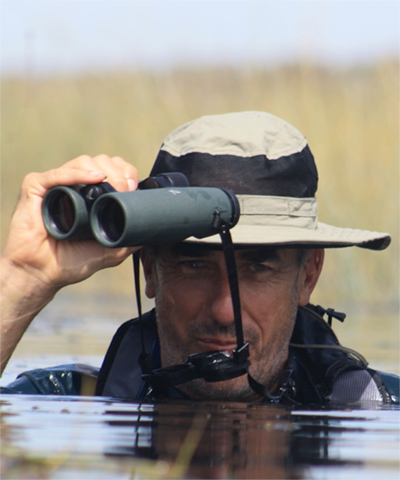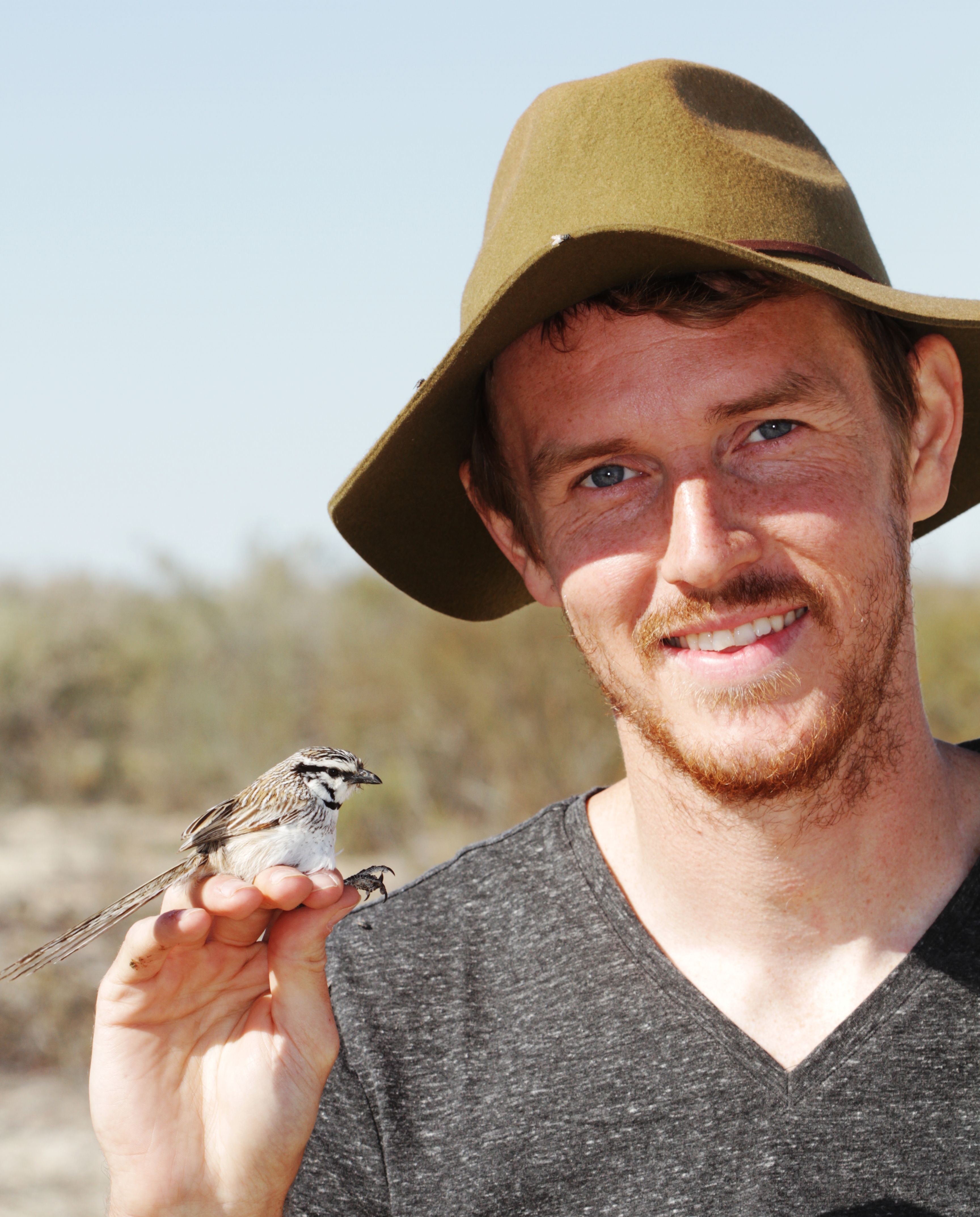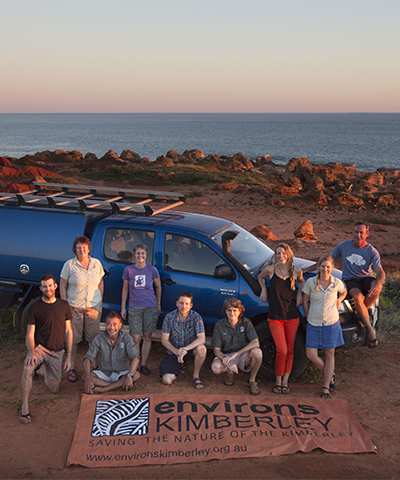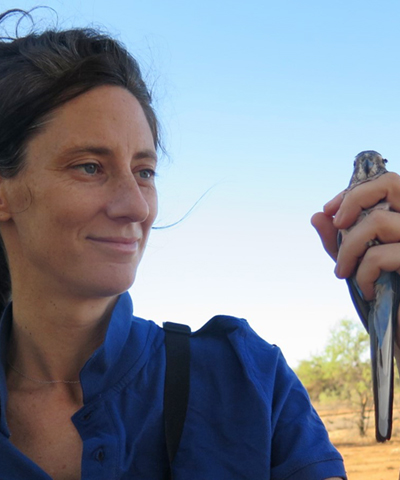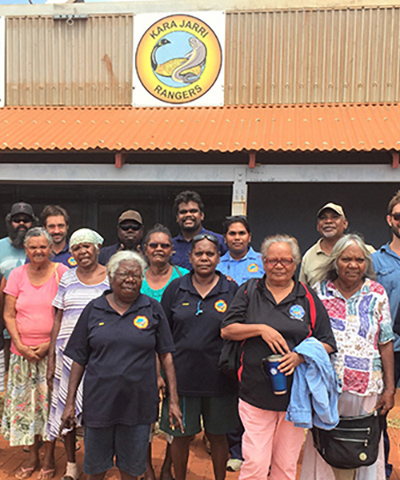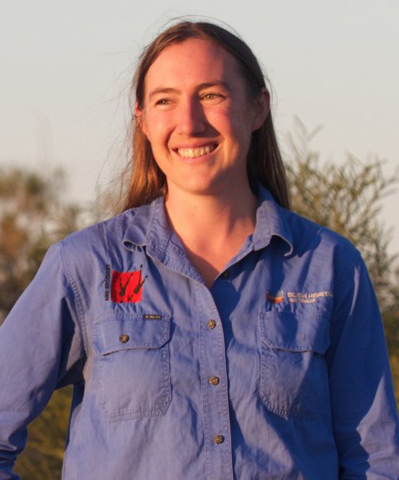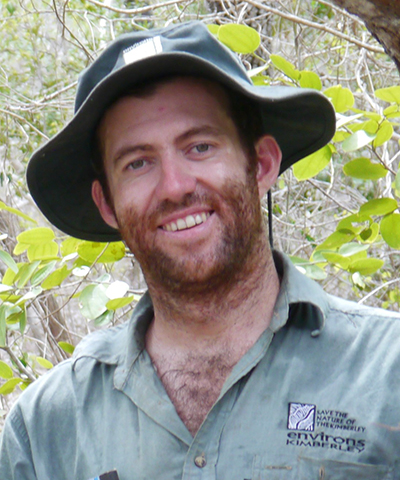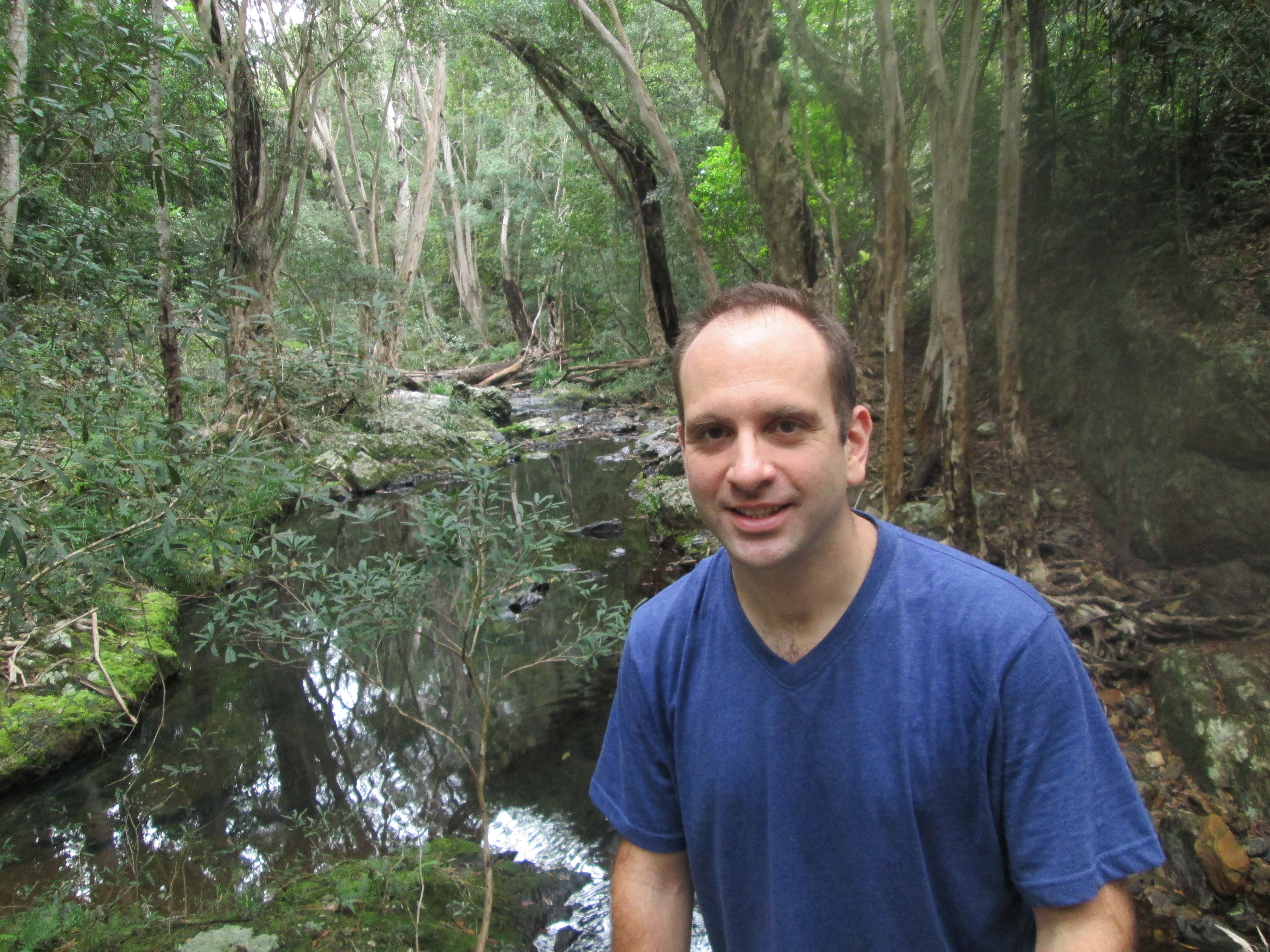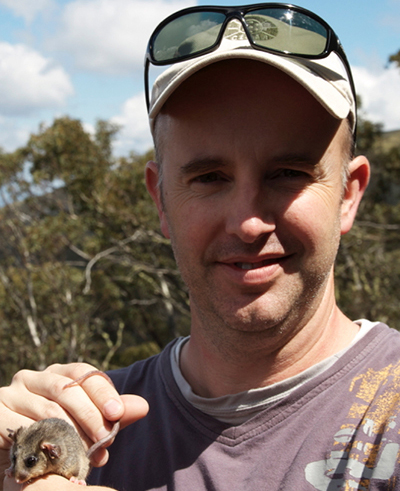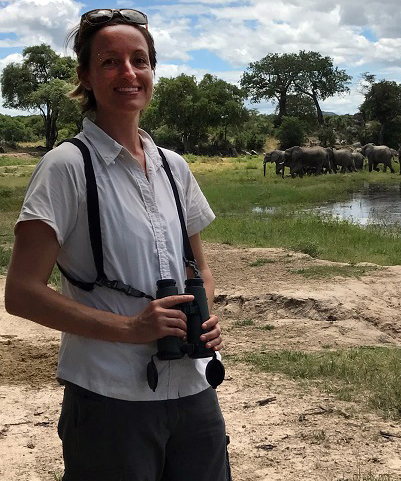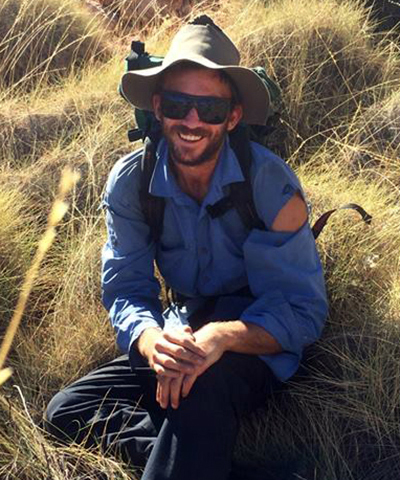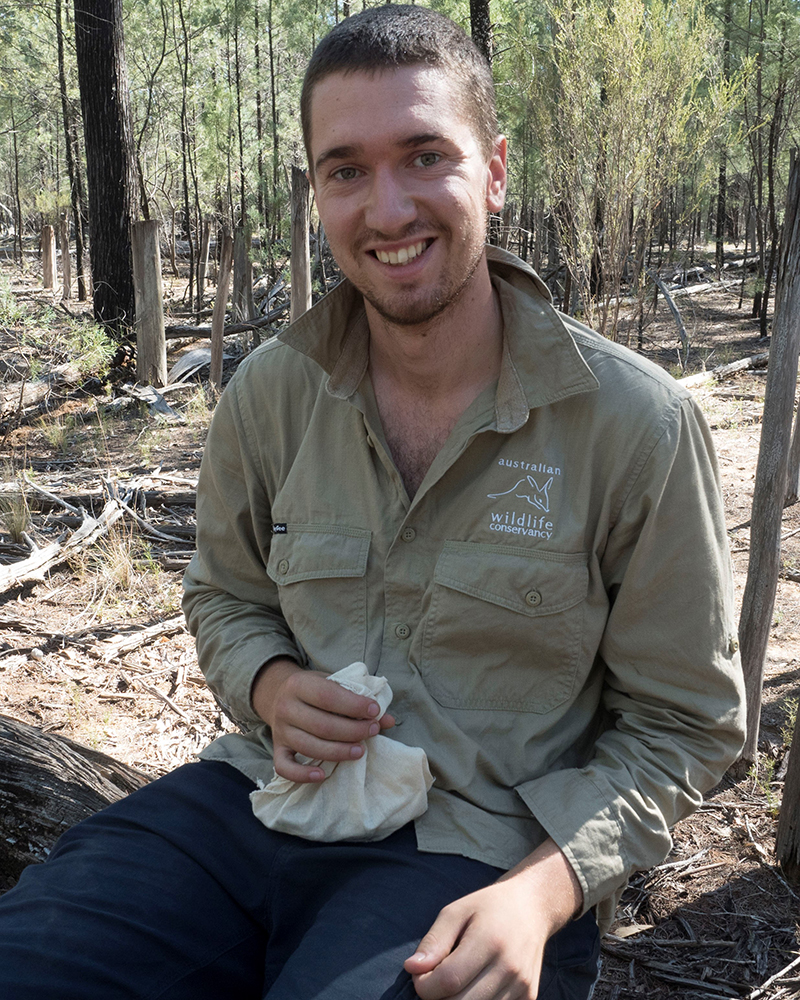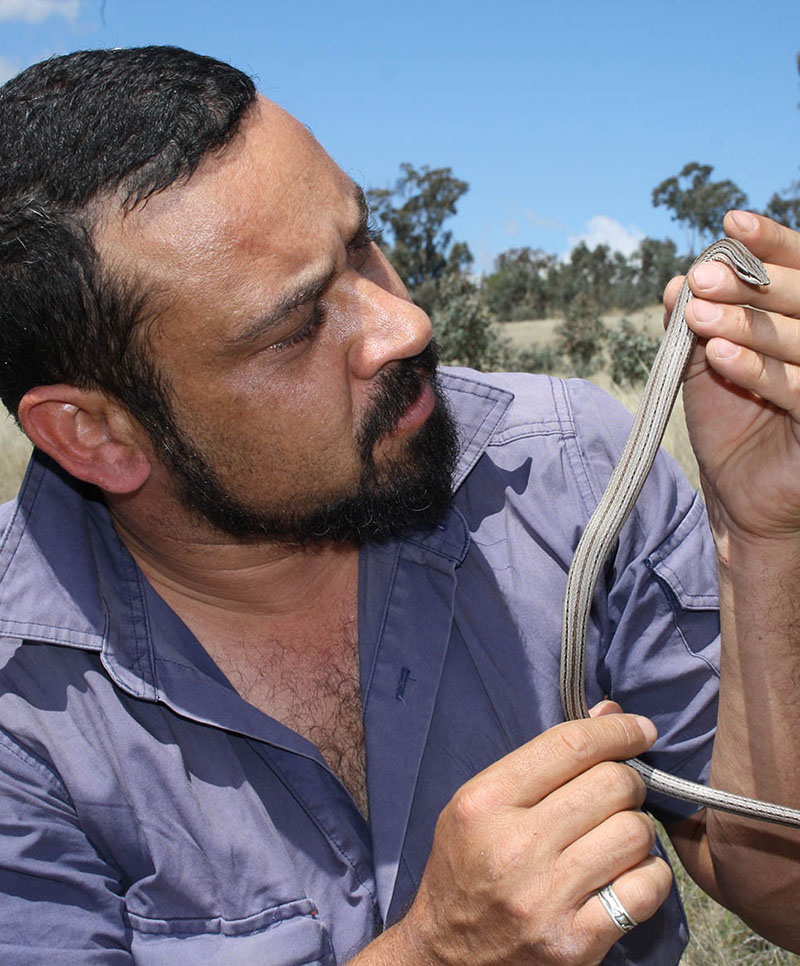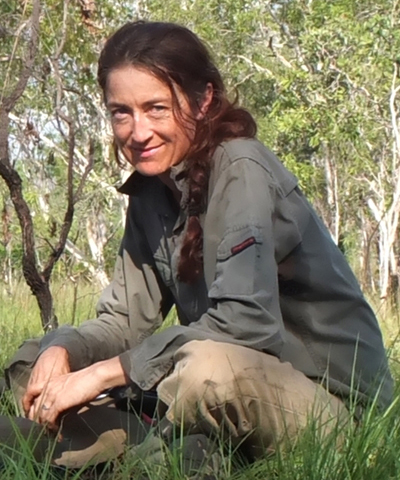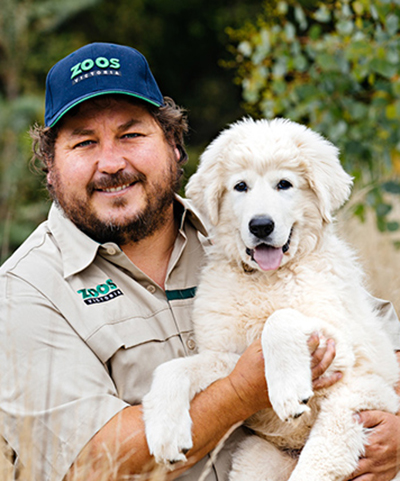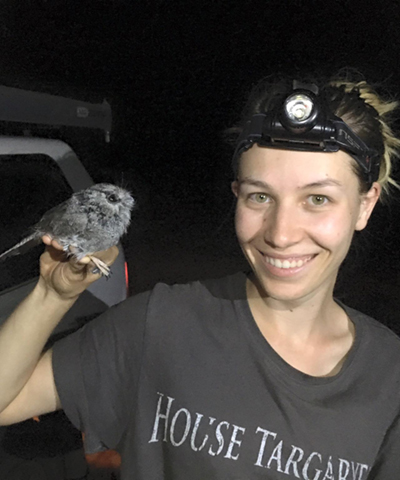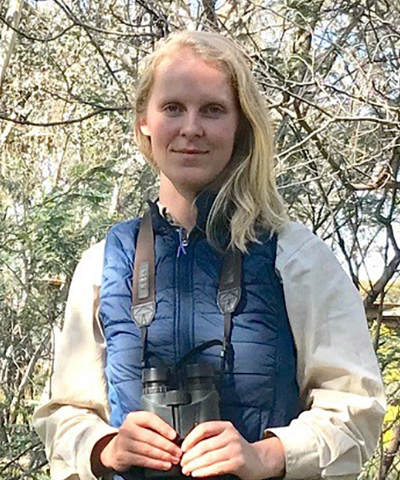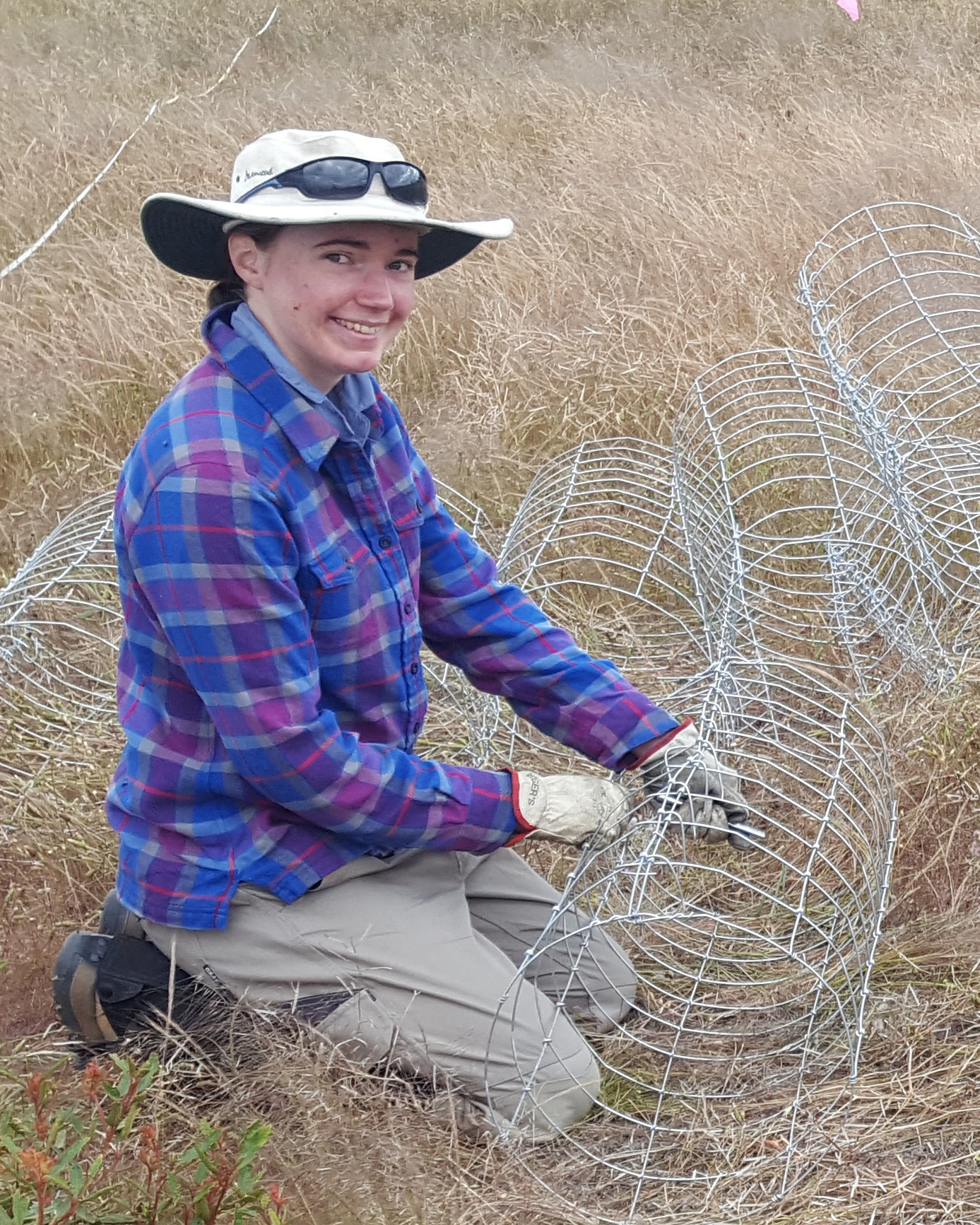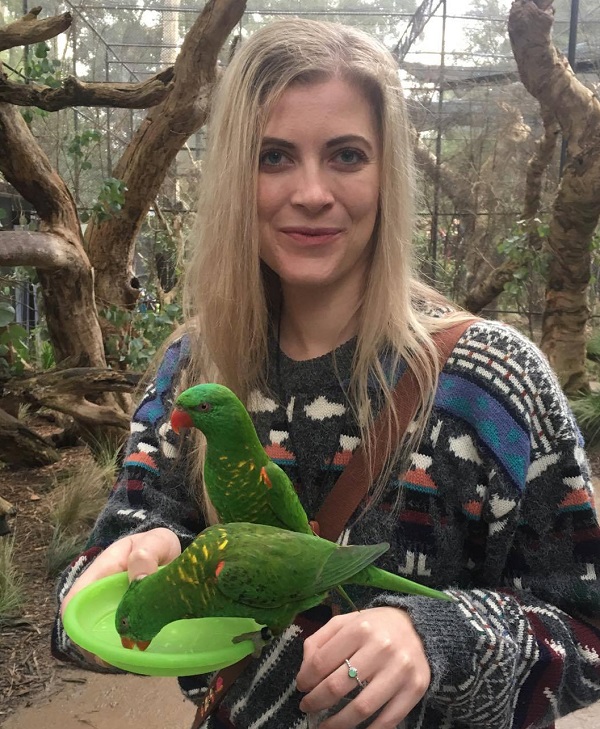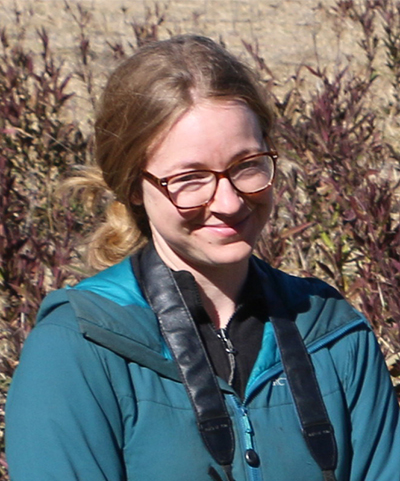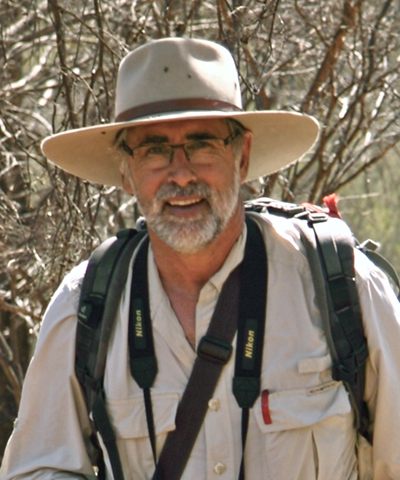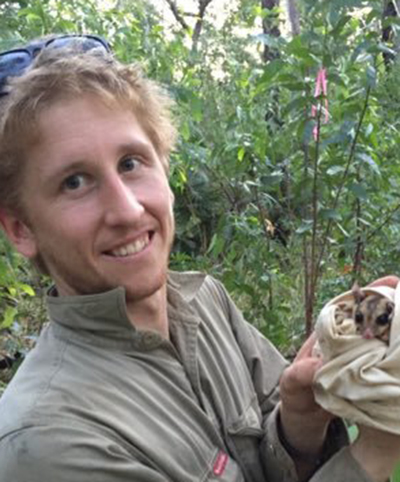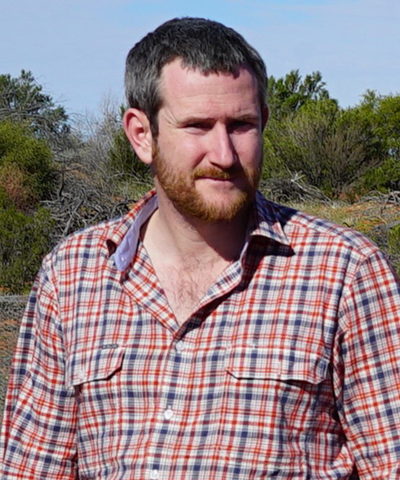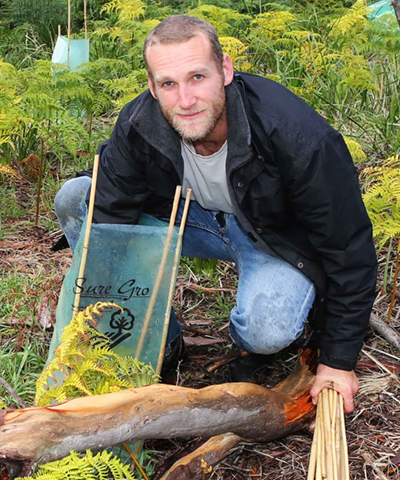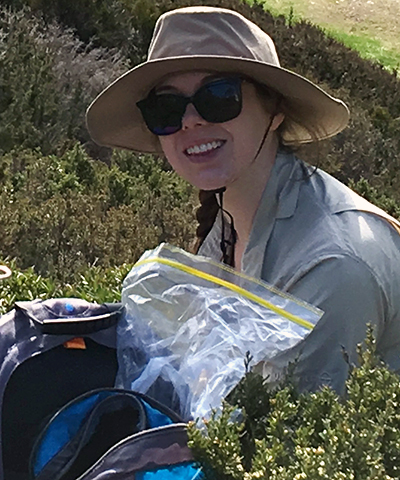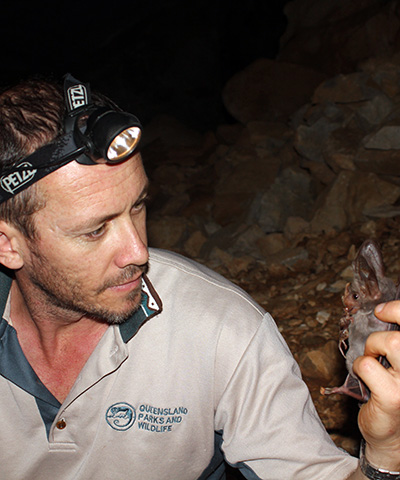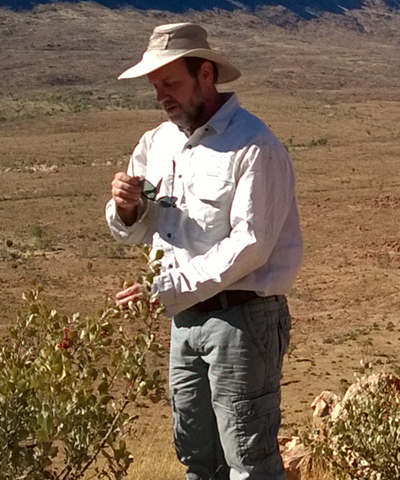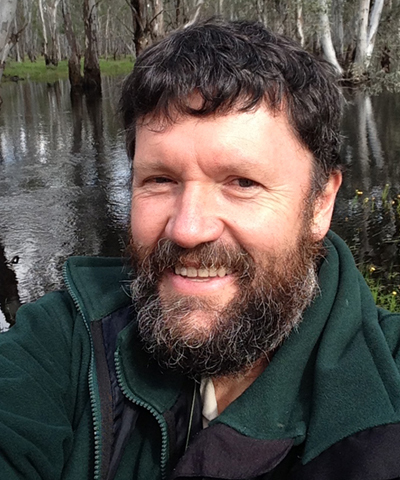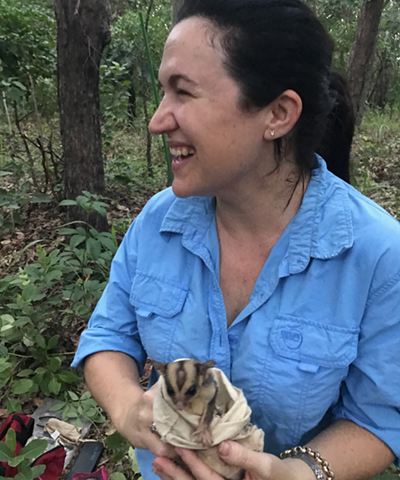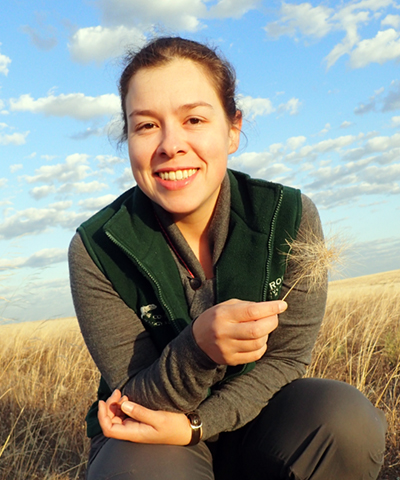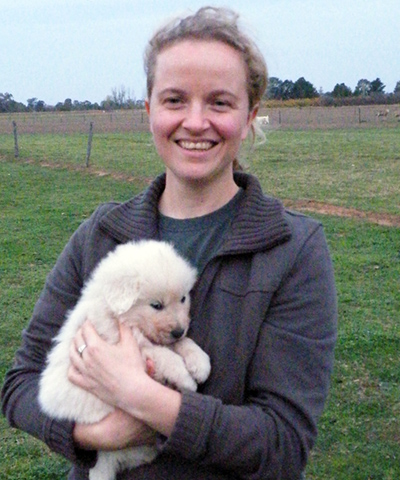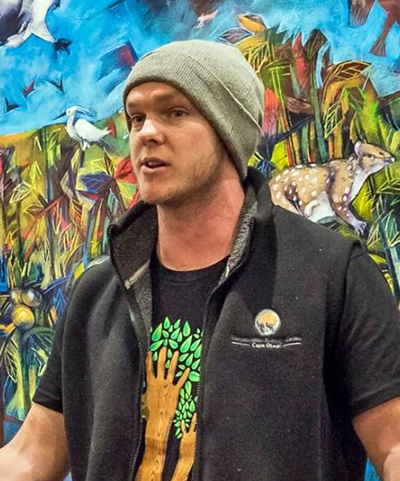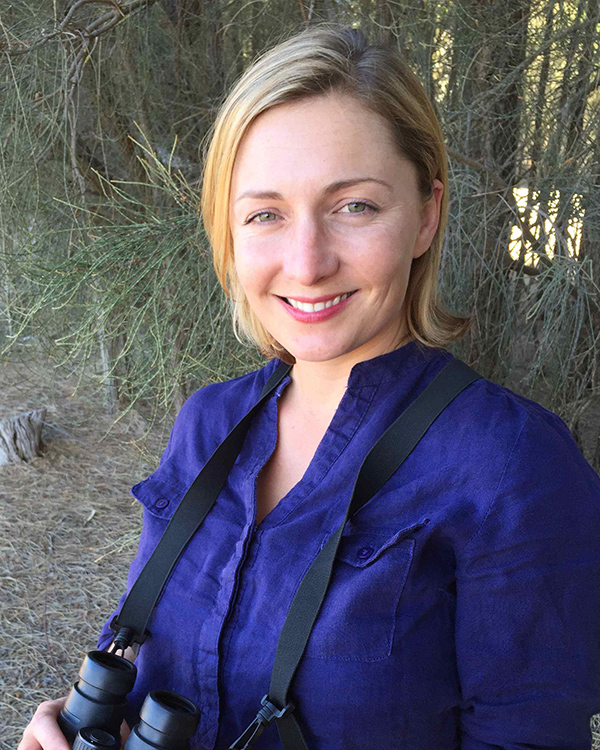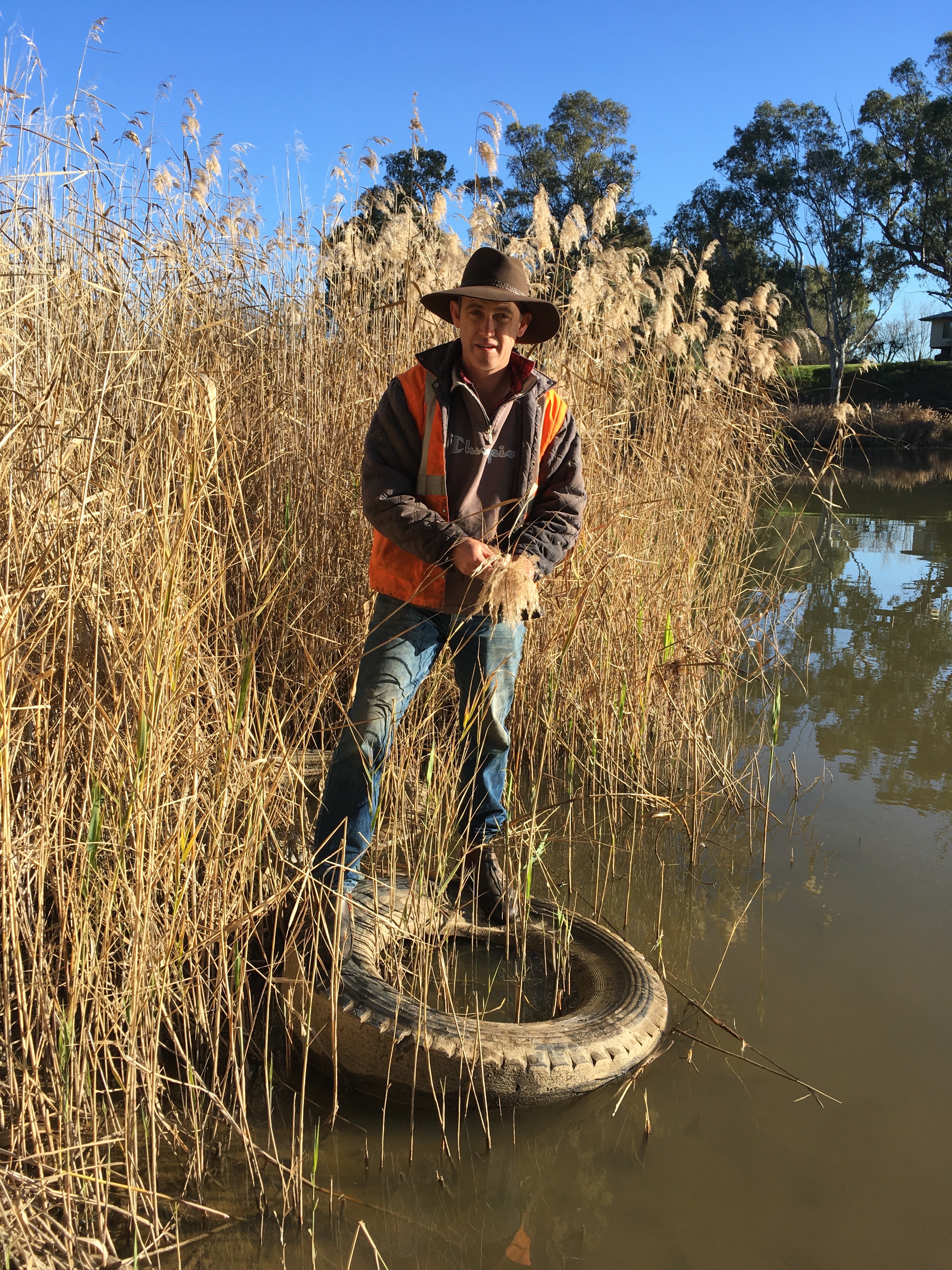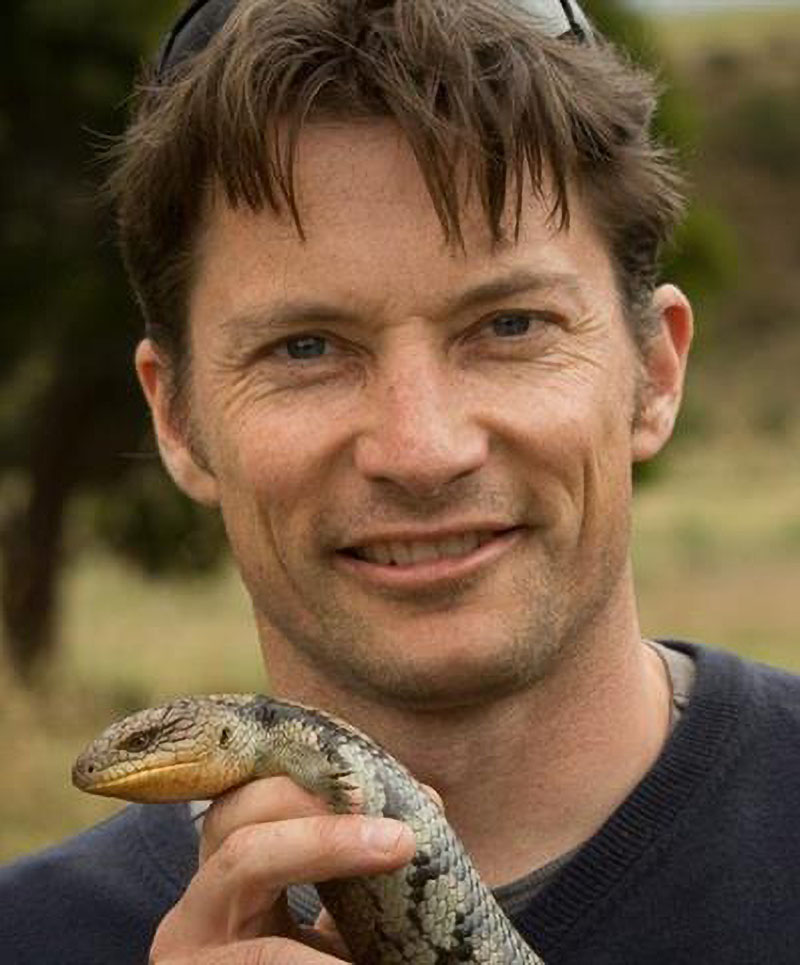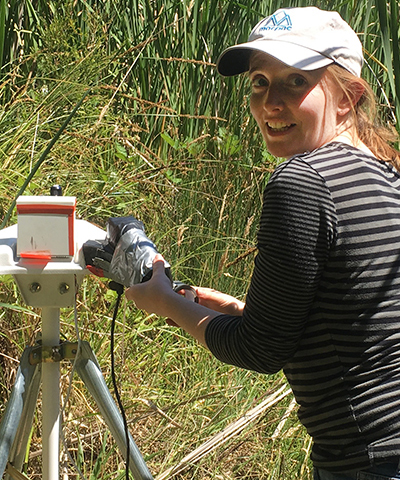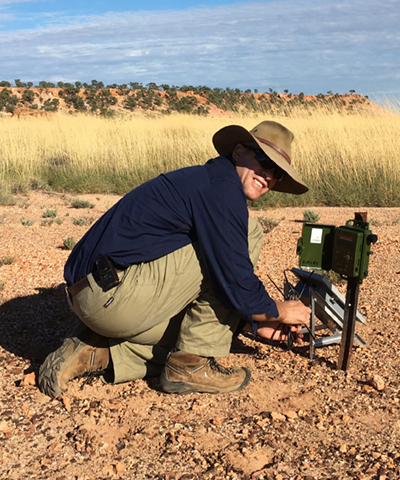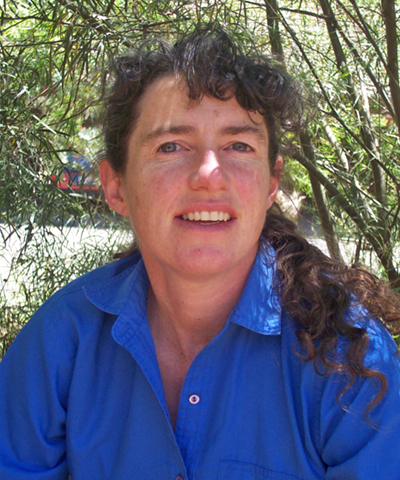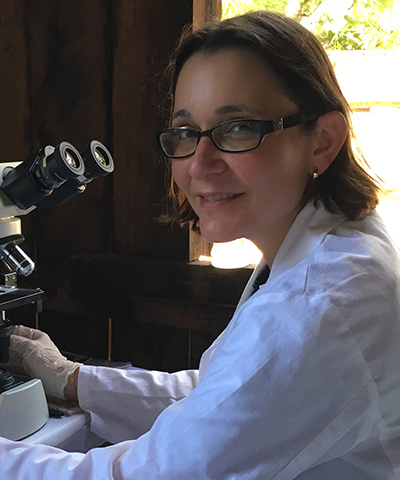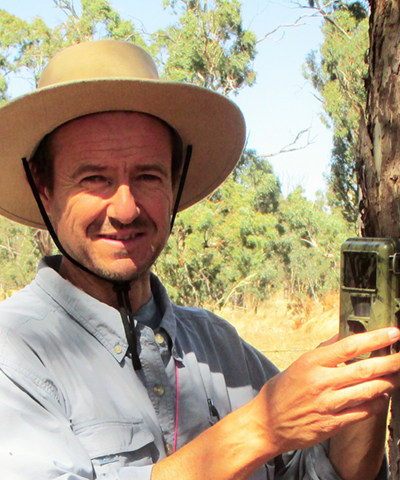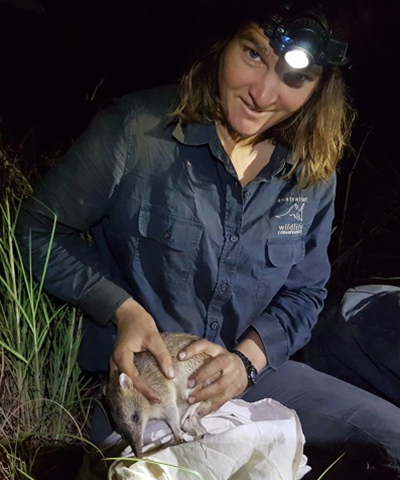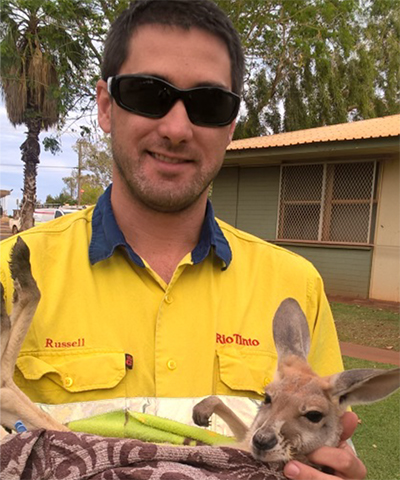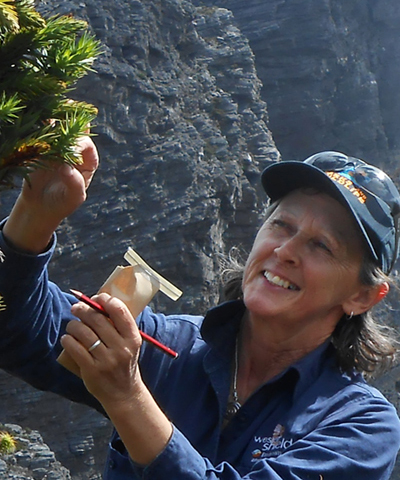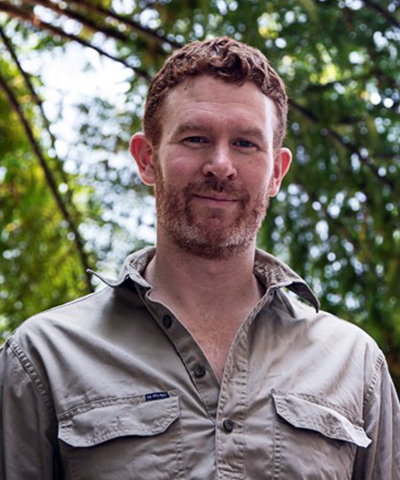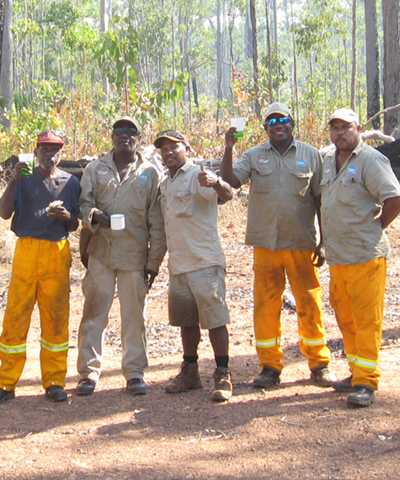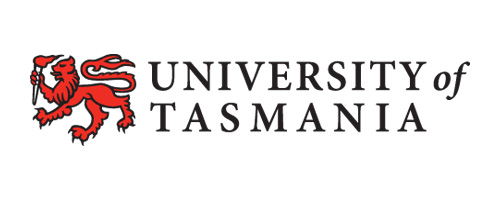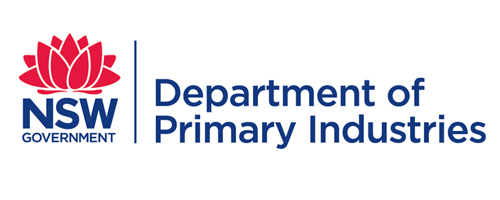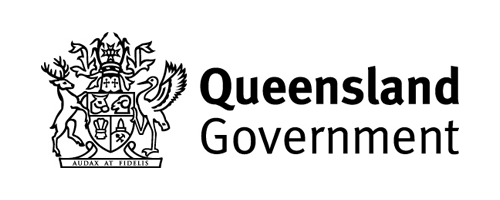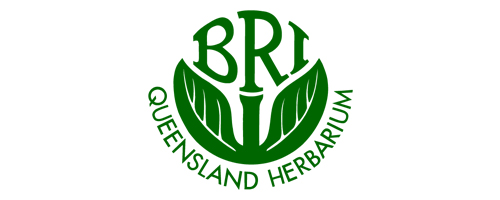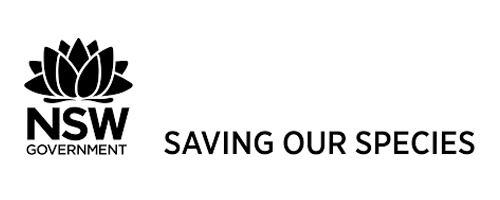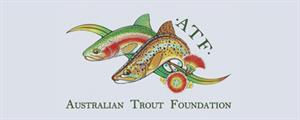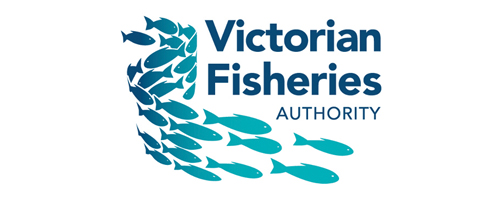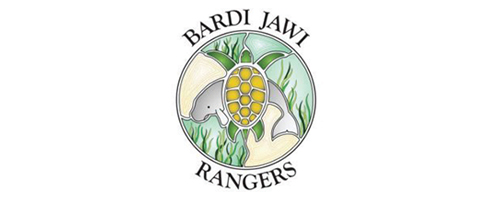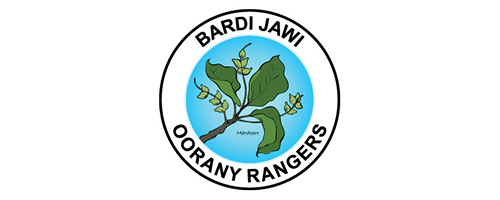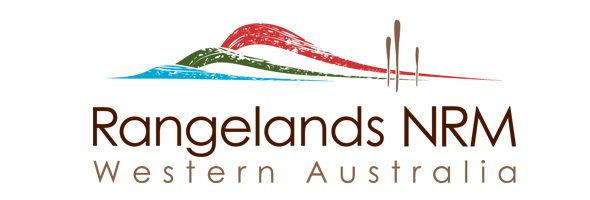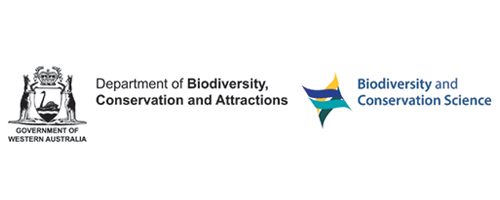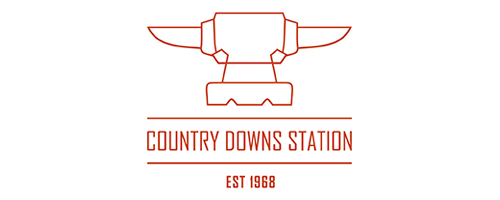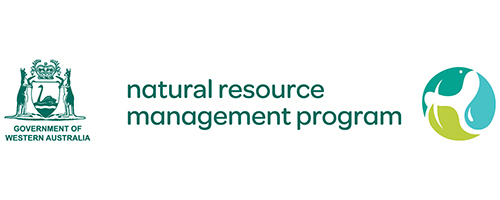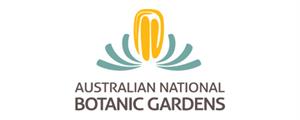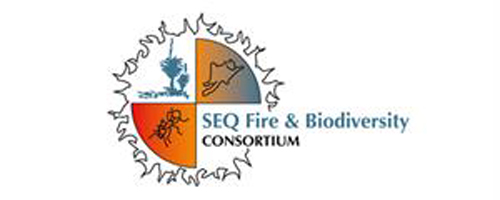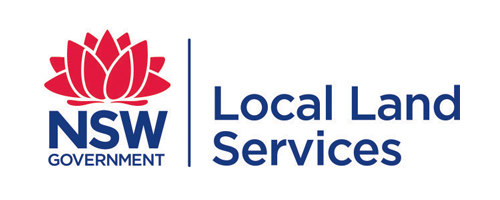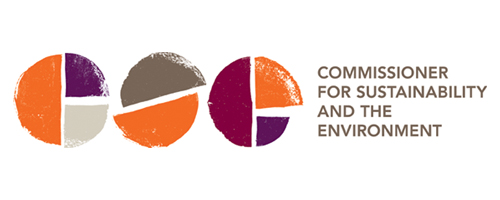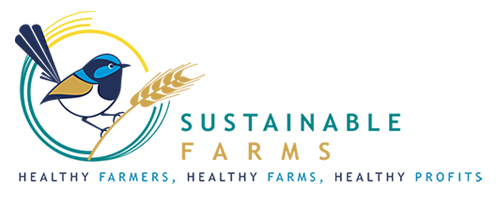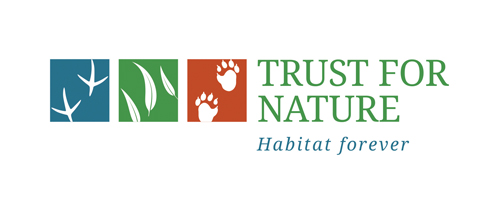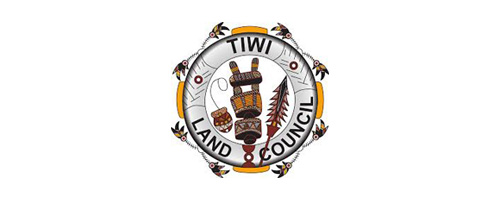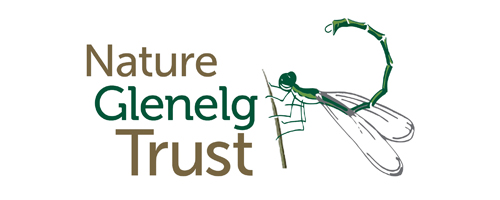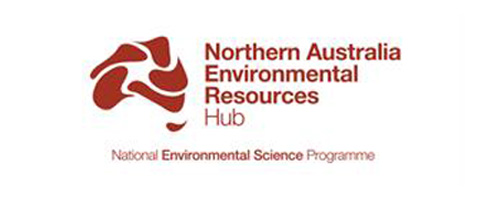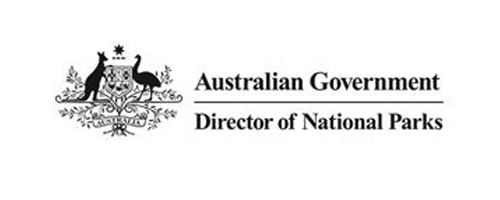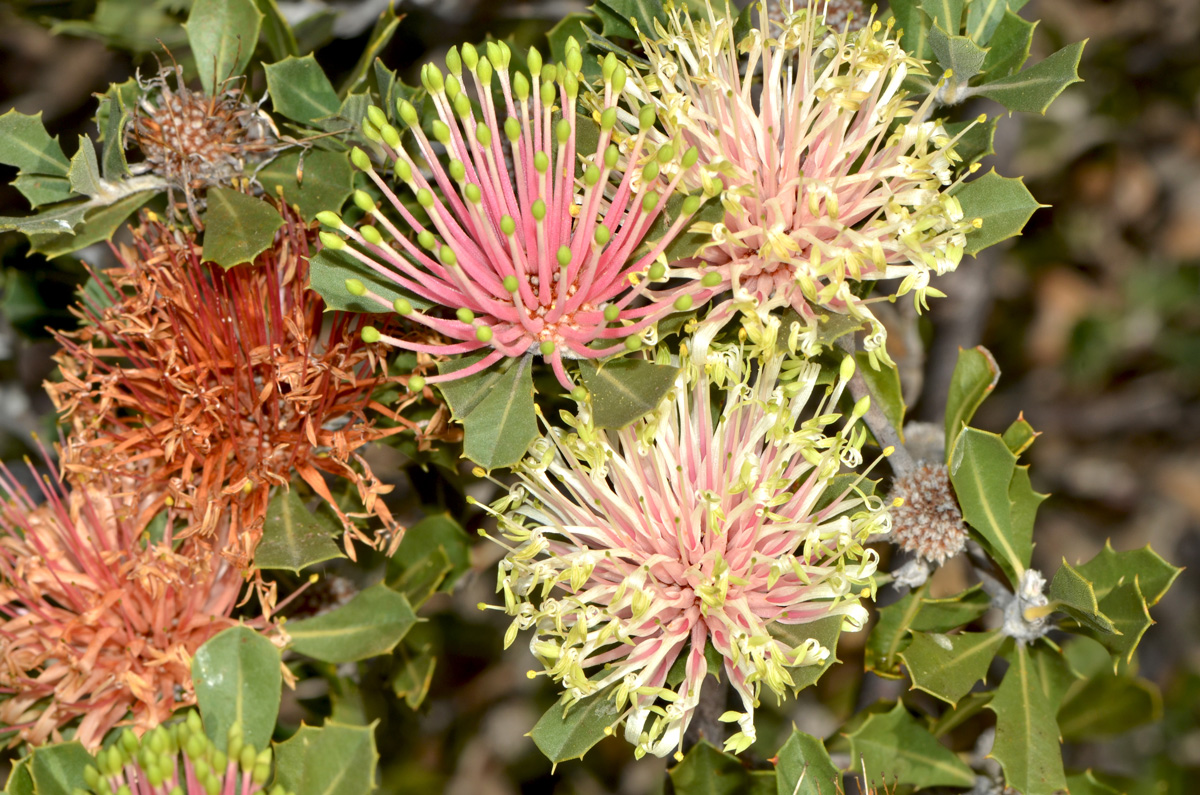
Theme 1.0
Taking the threat out of threatened species
Identifying and effectively controlling the prevalent threats being faced by species close to extinction is crucial to their conservation.
General principles will be developed and tested to reduce key threats based on research at carefully chosen sites around Australia.
This theme will focus on:
- Developing evidence-based management tools and protocols to reduce impacts of introduced predators on threatened mammals
- Conserving critical and threatened habitats
- Managing fire regimes with thresholds to save threatened flora and fauna
Projects
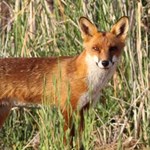
Impacts and management options for introduced predators
1.1
Feral cats and foxes, as well as changed fire regimes and introduced herbivores, have caused many species extinctions and remain a serious threat to Australia’s vertebrate species, especially its mammals. This research aims to find the best management actions to reduce the impacts of feral predators, and help restore native animal populations including threatened species.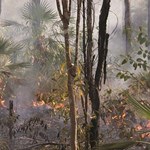
Responses of threatened species to cats and fire management in Kakadu and northern savannas
1.1.1
The project is compiling and analysing a large dataset on the occurrence of cats, native mammals and fire to evaluate landscape-scale relationships in Kakadu and the Top End . It will also analyse and document responses of native reptiles and mammals to cat-exclusion at established fenced sites in Kakadu National Park.
Feral cat distribution, abundance, management and impacts on threatened species: collation and analysis of data
1.1.2
This project will improve our understanding of feral cat impacts and how to mitigate those impacts. It will collate and analyse large and diverse sets of data to estimate cat distribution and abundance, and measure predation rates by cats on birds, reptiles and mammals, and to identify the ecological traits that make some species more susceptible to cat predation than others.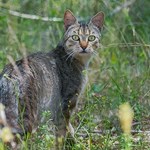
Feral cat control for threatened species in Queensland
1.1.3
This project aims to determine the effectiveness of feral cat control options, and their benefits to threatened mammals such as the bridled nailtail wallaby in Queensland. It will recommend long-term management strategies for feral cats in national parks.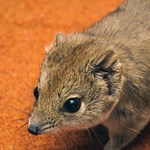
The role of feral predators in disrupting small vertebrate communities in arid South Australia
1.1.4
This project is investigating why native species persist in some refuge areas of South Australia but not others, and the role of habitat condition and especially feral predators in restricting their populations. The kowari and fawn hopping mouse are threatened and other species such as the plains mouse and crest-tailed mulgara are restricted in range.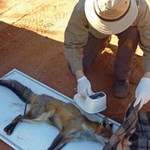
Feral predators in south-east Australia: Towards a ‘beyond the fence’ strategy
1.1.5
This project is developing new statistical methods to generate robust estimates of density of feral predators based on camera trap data. This will be useful for reintroducing threatened mammals into the broader landscape outside fenced reserves.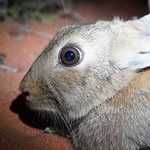
Integrated management of feral herbivores and feral predators
1.1.6
This research will uncover how feral cats respond when an abundant source of rabbits is removed from the landscape. Do they prey switch and increase their impact on native animals? Do many die of hunger? We will conduct a landscape-scale experiment at the Arid Recovery reserve in South Australia to find out.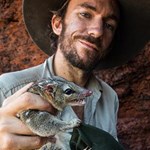
Some responses of the threatened Northern Quoll to a large-scale cat baiting program in the Pilbara
1.1.7
This project will build on an existing large-scale feral cat baiting program in the Pilbara being undertaken by WA DBCA in partnership with Rio Tinto in order to advance our understanding of how the Northern Quoll and other native species respond to feral predator control, and how to optimise future cat baiting programs more generally.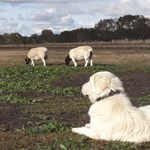
Livestock guardian dogs to protect threatened species and restore habitat
1.1.8
This project will test the value of using livestock guardian dogs (conventionally used to protect livestock such as sheep) to protect vulnerable native species from invasive predators and increase the success of ecological restoration by preventing the over-browsing of regenerating plant communities.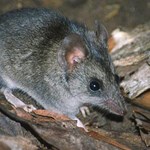
Response of the Kangaroo Island Dunnart and other threatened species to a cat eradication program
1.1.10
Controlling feral cats on biodiversity-rich islands is a high priority for the conservation of Australia’s biodiversity. This project will document the benefits of the Kangaroo Island (KI) cat eradication program on the KI dunnart and other threatened species. It will also fill knowledge gaps about the ecology and improve monitoring techniques for the KI dunnart.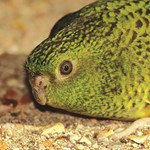
Managing feral cats to benefit the night parrot
1.1.11
Feral cats are considered a key threat to the night parrot, but cats are very challenging to manage in the remote and vast landscapes where night parrot populations have recently been rediscovered. This project will undertake a range of research on feral cats to support effective strategies to deal with the threat of feral cats around night parrot populations.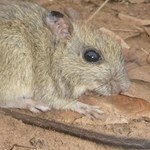
Mitigating cat impacts on the brush-tailed rabbit-rat
1.1.12
The brush-tailed rabbit-rat of northern Australia’s tropical savannas has declined dramatically. Cat predation is considered a major threat, but cat impacts are influenced by vegetation, which in turn is strongly influenced by fire.
Conserving critical and threatened habitats
1.2
This project will study how best to conserve threatened ecological communities and critical habitats for threatened and endangered species across Australia. Initial focus is on the Box Gum Grassy woodlands and endangered Buloke Woodlands of the Riverina and Murray-Darling Depression Bioregions as well as Alpine Bogs and Fens.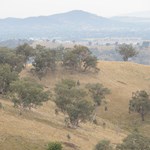
Conservation of box gum grassy woodlands and the threatened species within them
1.2.1
This project focuses on refining and enhancing management strategies for the Threatened Ecological Community of the box gum grassy woodlands of southern eastern Australia. The project aims to improve our understanding of how to manage and restore ecosystem values and critical habitat features.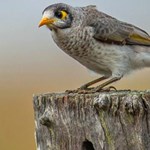
Can culling noisy miners benefit threatened woodland birds?
1.2.1.2
Noisy miner populations have expanded in fragmented agricultural landscapes, aggressively outcompeting many other smaller species of native woodland birds. This project will determine if culling is an effective method to manage the impacts of noisy miners on threatened woodland birds.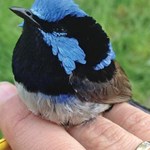
Survival and persistence of woodland birds in restoration plantings
1.2.1.3
Restoration plantings in fragmented agricultural landscapes provide habitat for declining woodland bird communities, but can they support resident, breeding populations of woodland birds? This research project focuses on the breeding success and site fidelity of woodland birds in restoration plantings in the South West Slopes Bioregion of NSW.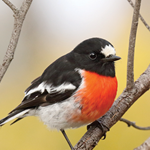
How bird communities change in relation to vegetation change
1.2.1.4
This project will examine how bird communities change at woodland restoration sites in south-eastern Australia. The project will use long-term datasets to compare changes in the assemblage of woodland birds that occupy tree plantings with birds that occupy stands of remnant vegetation.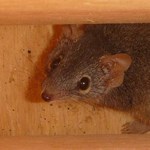
Testing the effectiveness of nest boxes for threatened species
1.2.1.5
This project aims to determine the usefulness of artificial hollows as an effective offsetting tool for tree removal in agricultural landscapes (e.g., to offset the loss of paddock trees as a result of cropping intensification and road widening).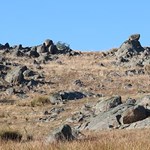
Enhancing critical habitat for the pink-tailed worm-lizard in agricultural landscapes
1.2.1.6
Box gum grassy woodland and derived native grassland, is an endangered ecological vegetation community which often occurs in agricultural landscapes. Within this community rocky outcrops provide critical habitats for a wide range of flora and fauna, such as the vulnerable Pink-tailed Worm-lizard.
Restoring the Endangered Yass daisy
1.2.1.7
Land clearing has resulted in the loss of approximately 85% of the box gum woodland vegetation community and what remains is often highly degraded. The woodlands are important to a number of threatened ground cover species including the Yass daisy. This project addresses the problem of how to best conserve this critically endangered vegetation community.
Adaptive management of endangered Buloke woodlands
1.2.2
Remaining patches of the once widespread Buloke Woodlands are degraded and failing to regenerate. The project team is working with Parks Victoria to investigate why key species are not regenerating and to test management techniques that could improve the recovery of this endangered ecological community.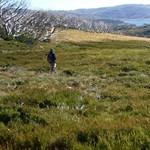
Supporting alpine peatland recovery by prioritising action on threats
1.2.3
Alpine peatlands are an endangered ecological community in Australia and are critical habitat for a large number of threatened species. They are subject to a wide variety of interacting threats that vary greatly across the landscape. Managing and recovering alpine peatlands is hampered by a lack of knowledge about how different alpine peatlands respond to different management interventions.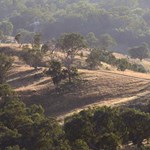
Ecosystem accounts in box gum grassy woodlands
1.2.4
Box gum grassy woodlands are a critically endangered ecosystem. This project will develop ecosystem accounts for this threatened ecological community, to demonstrate the benefits of the ecosystem to the economy, productivity of the land and human well-being by attributing values for ecosystem services.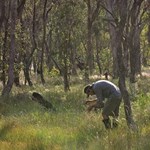
Coordinated recovery planning for threatened woodlands
1.2.5
This project will develop a framework to aid EPBC Act listing and recovery processes for southern Australian eucalypt woodlands. The aim is that this work will contribute directly to the development of future recovery plans for woodland communities in Australia, by providing a template for developing a group recovery plan for multiple ecological communities.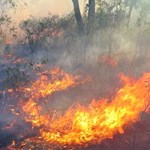
Managing fire regimes to save threatened flora and fauna
1.3
This project will improve fire management strategies and conservation outcomes to save threatened flora and fauna from extinction. On-ground trials and experiments, new data, modelled scenarios and improved management practices will assist fire management authorities to implement sustainable fire regimes and avoid further declines in threatened species.
Fire and native flora
1.3.1
Altered fire regimes are a major threats to biodiversity in fire-prone landscapes. Understanding their impacts can help us effectively manage threatened plant species and ecological communities. This project will improve fire management strategies to prevent the extinction of threatened plant species.
Fire and invasive predators
1.3.2
Inappropriate fire regimes and predation by red foxes and feral cats have played a major role in the decline and extinction of Australia’s native mammals. This project aims to help understand and manage the interactions between fire, invasive predators and threatened native animals in south-eastern Australia.
Fire, predators and the endangered northern bettong
1.3.3
The northern bettong is only found in a tiny section of Queensland’s wet tropics, and has declined severely in range in the past decade. It now persists in just two locations, one of which may only hold a very small population.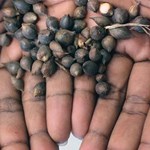
Pirra Jungku: Contemporary and traditional fire management approaches in the desert
1.3.4
Landscape-scale fire management in arid areas is challenging because of the vast areas involved. Interest in using techniques like aerial incendiary for fire management in deserts is growing, but it is unclear whether this approach will deliver the same cultural practice, fire and biodiversity outcomes, as traditional, very fine-scale burning carried out from the ground.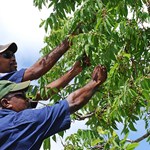
Managing fire to recover monsoon vine thickets on the Dampier Peninsula
1.3.5
This project aims to use remote sensing to detect changes in canopy health and fire patterns over the past 30 years in the monsoon vine thickets on the Dampier Peninsula – a threatened ecological community that are of high cultural significance to the Indigenous people on the peninsula – to measure the effectiveness of these recovery efforts.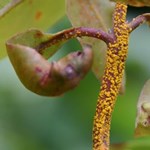
Disease and faunal declines
1.4
Researchers are working with on-ground management authorities to help control three wildlife diseases that threaten our fauna: chytrid fungus, toxoplasmosis and myrtle rust, and to prevent the extinction of affected species.
Saving threatened frogs with refuges from disease, fish predation and fragmentation
1.4.1
This project will identify and create safe havens for the Endangered spotted tree frog and threatened bell frog species. Disease caused by chytrid fungus, predation by non-native fish and habitat loss are all contributing to these species’ declines.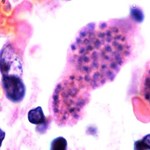
The role of toxoplasmosis in mammal declines
1.4.2
Toxoplasmosis was introduced to Australia by cats, who also continue to spread the disease. It is known that the disease affects Australian mammals, and that many Australian mammals are suffering dramatic declines. It is completely unknown, however, whether toxoplasmosis is contributing to these declines and how it compares to other threats.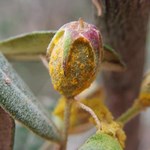
Understanding and combatting myrtle rust
1.4.3
This project will advance our understanding of the plant disease myrtle rust and help to combat its impacts, which affects both threatened and commercially important species. First detected in 2010, it has spread rapidly and caused localised plant extinctions.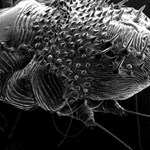
Guidelines on how to treat Australian wildlife with sarcoptic mange
1.4.4
Wildlife disease is an increasingly important threat to many species of conservation concern. The impact of sarcoptic mange (Sarcoptes scabiei) on wombats is a matter of considerable concern to some members of the wider community, as evidenced by multiple submissions to the recent Senate Inquiry on Australia’s Faunal Extinction Crisis.Project Leaders
Project Team
Related News
-
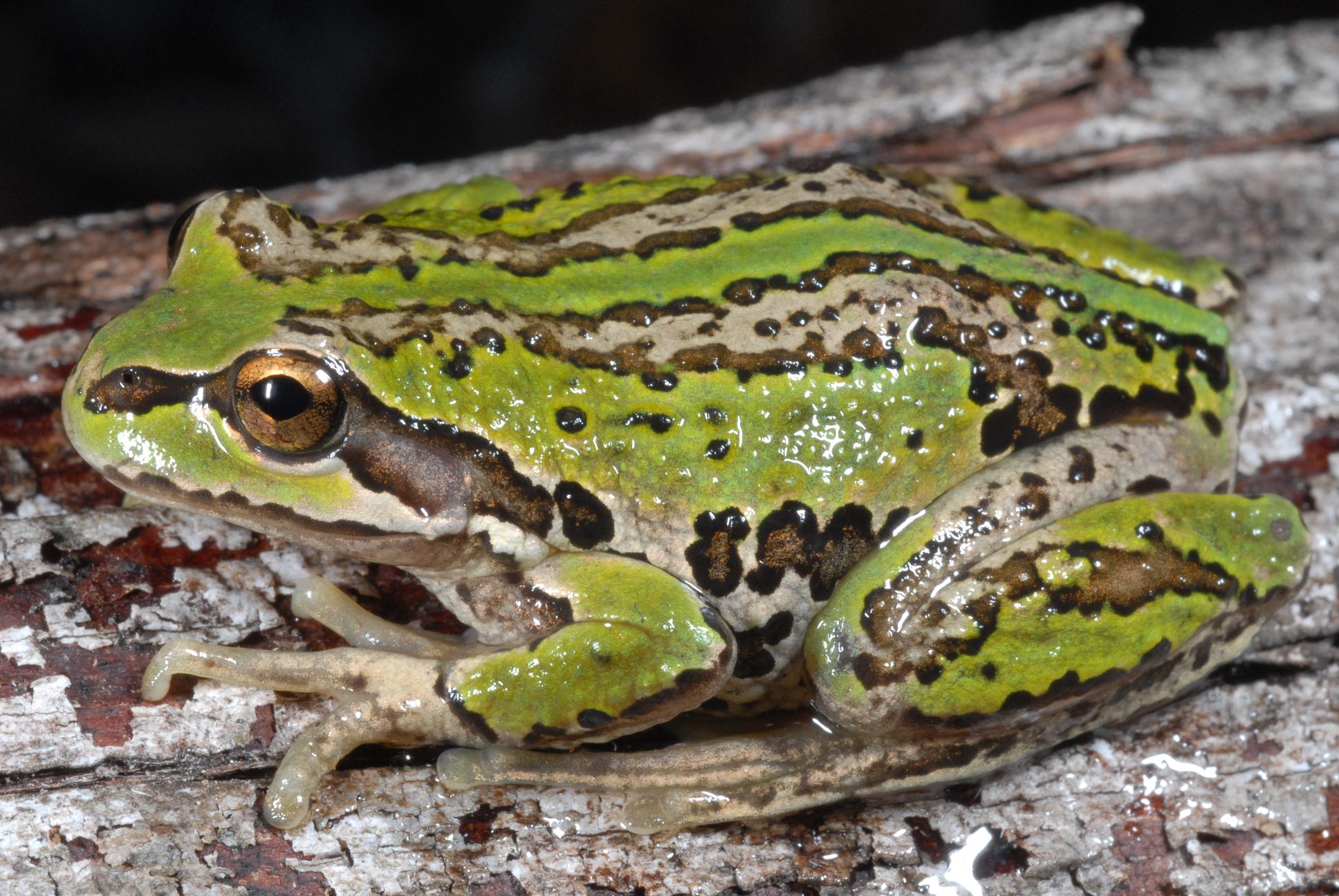
The Niche-Reduction Hypothesis: Rethinking how we manage threatened species
Thursday, 25 May 2017 -
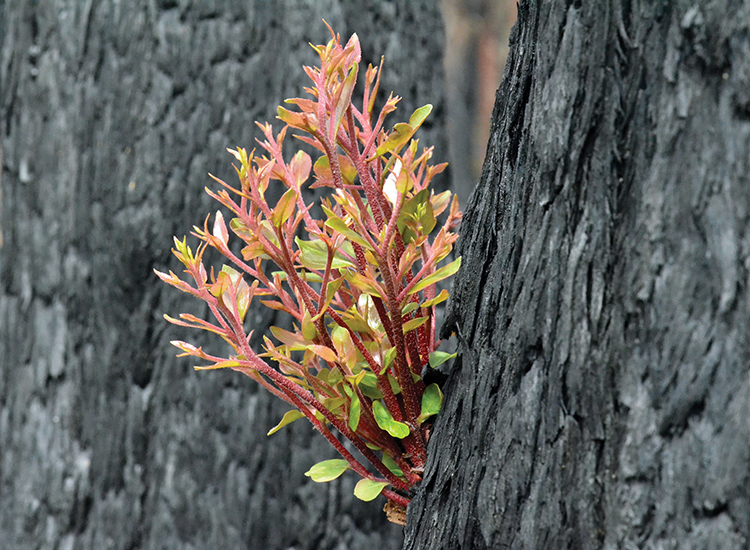
Plants in the ashes: Prioritising Australian flora after the fires
Monday, 31 August 2020 -
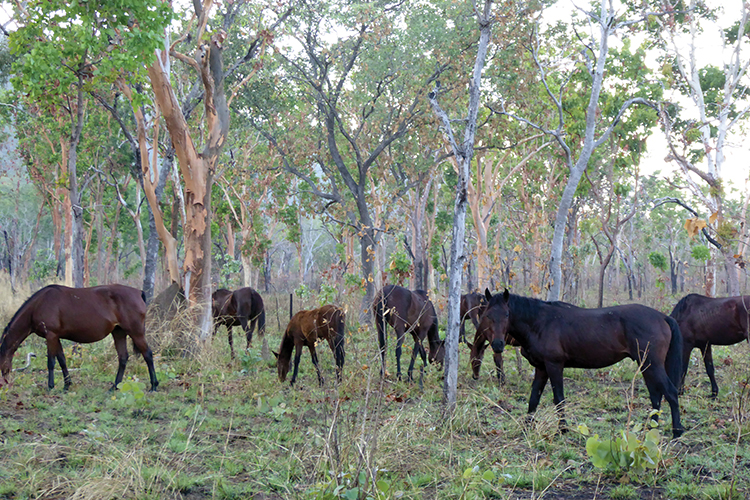
Small mammal declines in the Top End - Causes and solutions
Monday, 31 August 2020 -
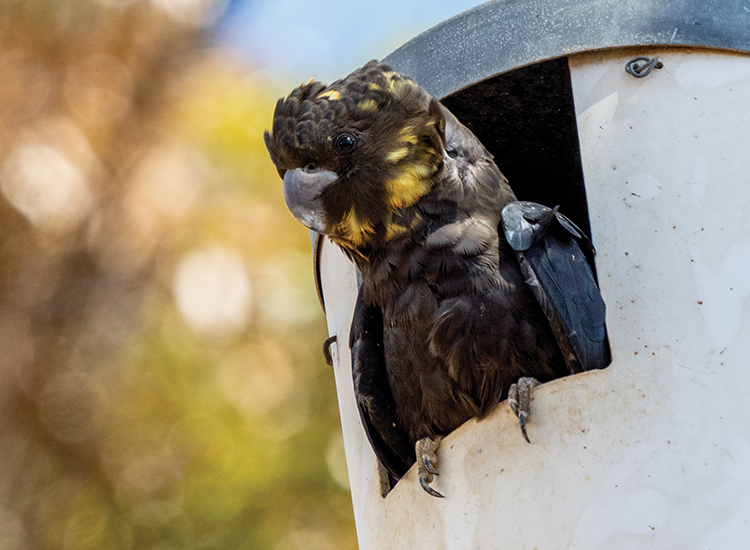
Prioritising action for animal species after the fires
Tuesday, 01 September 2020 -
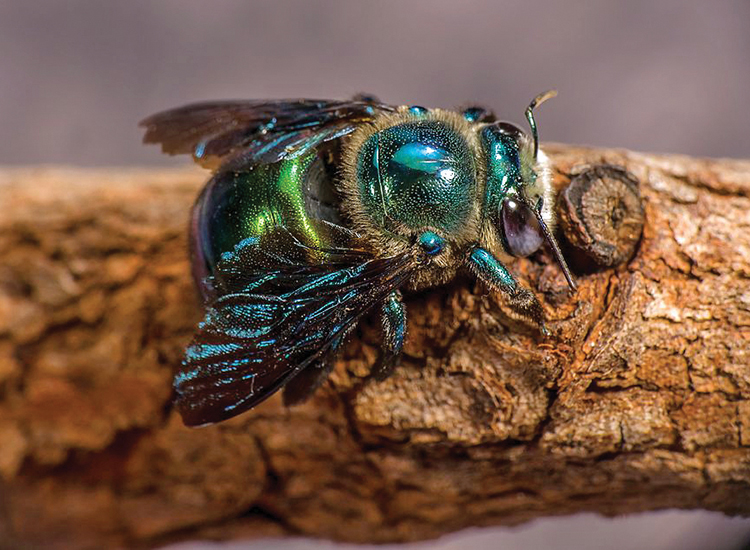
The little things count too: Prioritising recovery efforts for fire-affected invertebrates
Tuesday, 01 September 2020 -
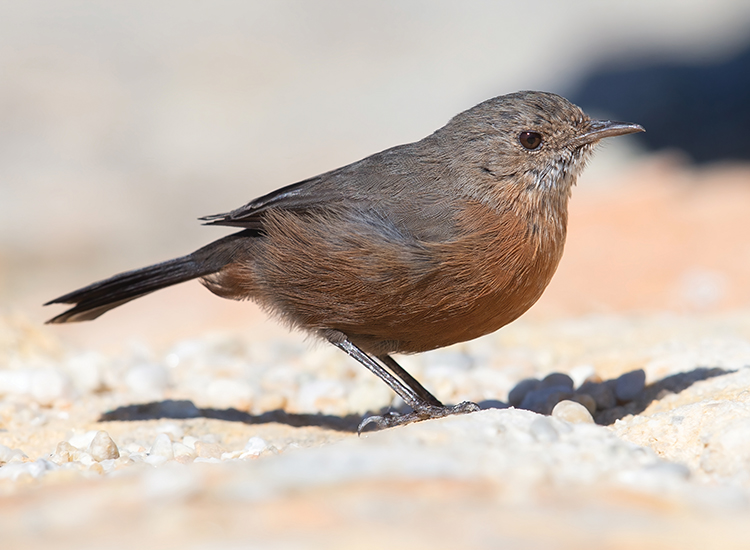
Protecting persistence: Listing species after the fires
Tuesday, 01 September 2020 -
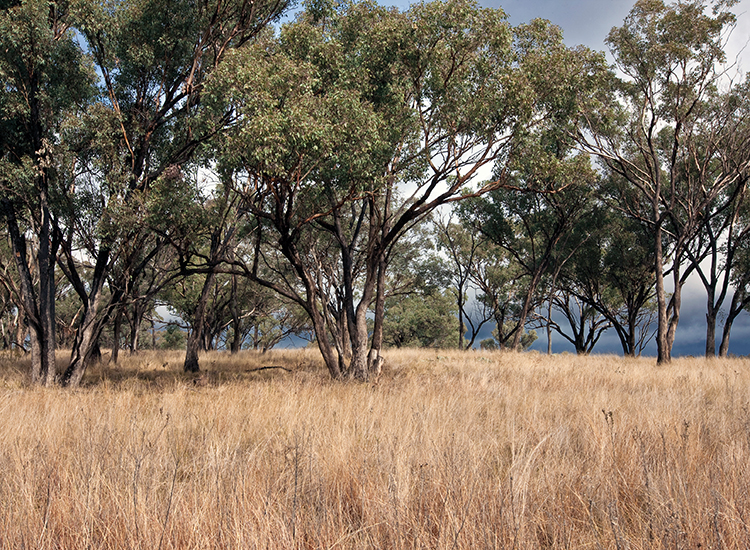
Post-fire recovery of Australia’s threatened woodlands: Avoiding uncharted trajectories
Wednesday, 02 September 2020 -
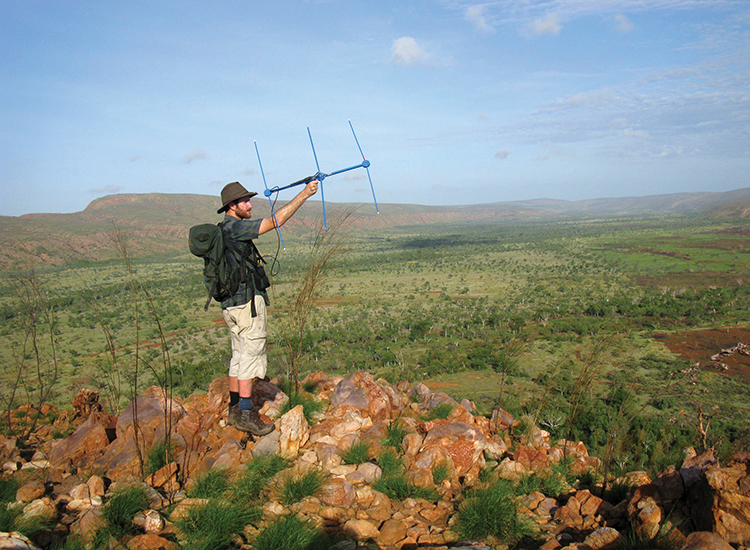
Fire, cats, foxes and land management: Lessons learned
Wednesday, 02 September 2020 -
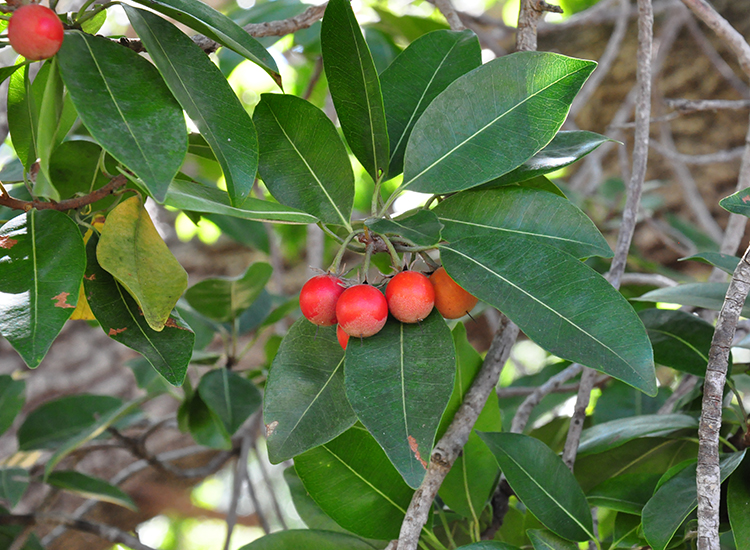
Managing fire to protect monsoon vine thickets on the Dampier Peninsula
Wednesday, 02 September 2020 -
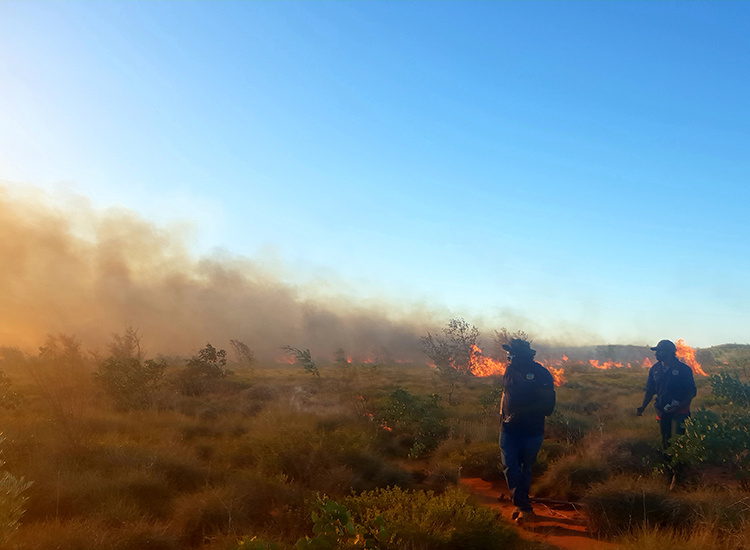
Pirra Jungku (desert fire): New ways for traditional burning
Wednesday, 02 September 2020 -
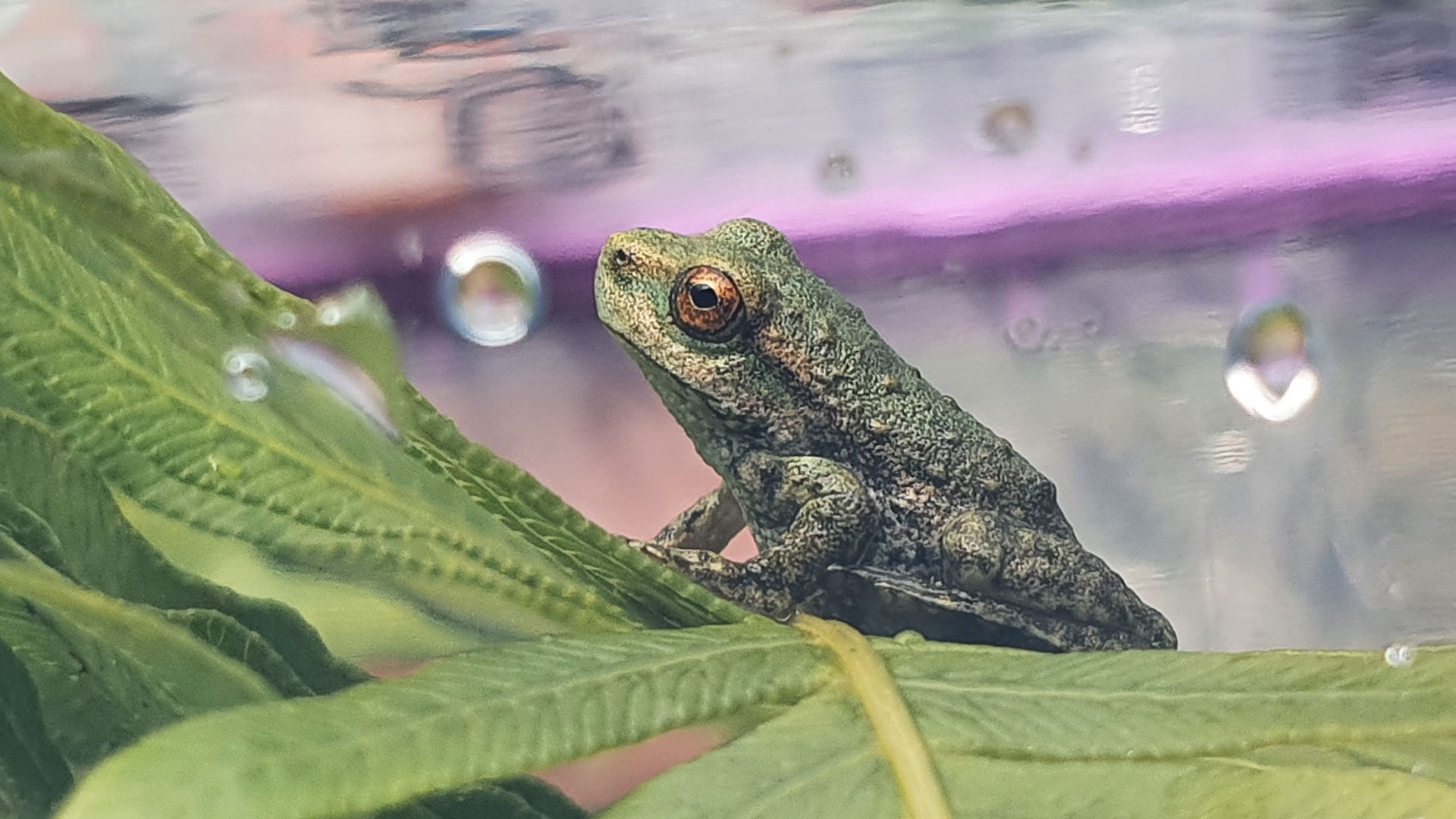
Endangered frogs collected from fire impacted areas for safekeeping
Friday, 09 July 2021 -

‘Tis the season...Understanding how threatened plants respond to different fires
Tuesday, 26 November 2019 -

Appeasing Bluetongue Managing fire in the Great Sandy Desert
Tuesday, 13 August 2019 -
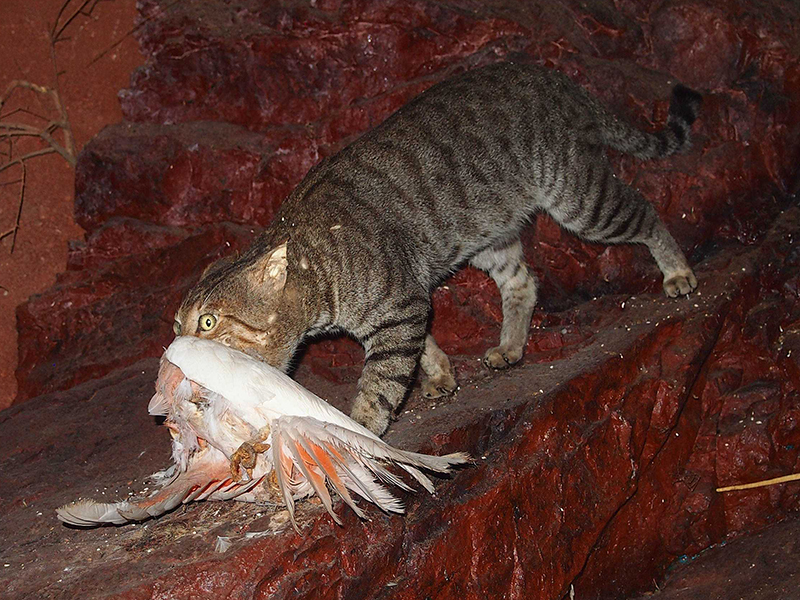
Cats are killing millions of Australia’s birds
Sunday, 22 October 2017 -
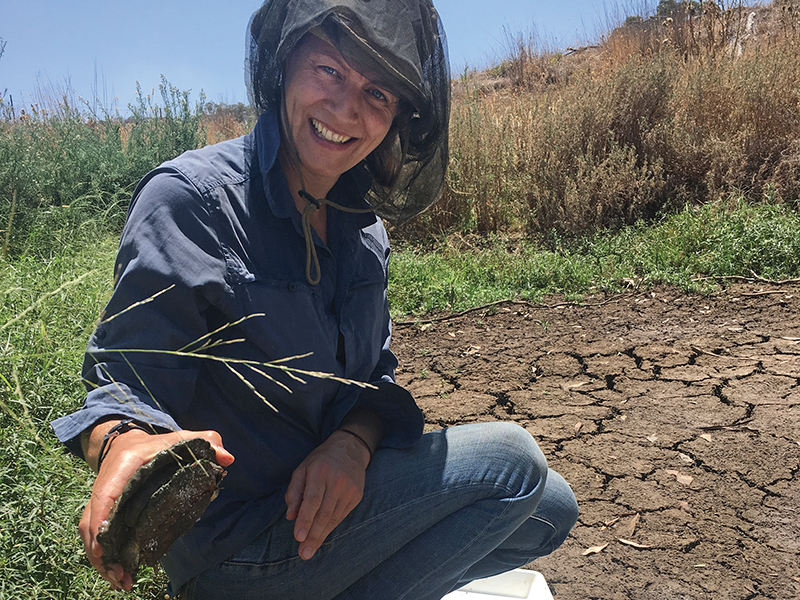
Clare Crane: Where farming meets conservation
Tuesday, 30 June 2020 -

Could toxoplasmosis have a role in mammal declines?
Monday, 16 March 2020 -
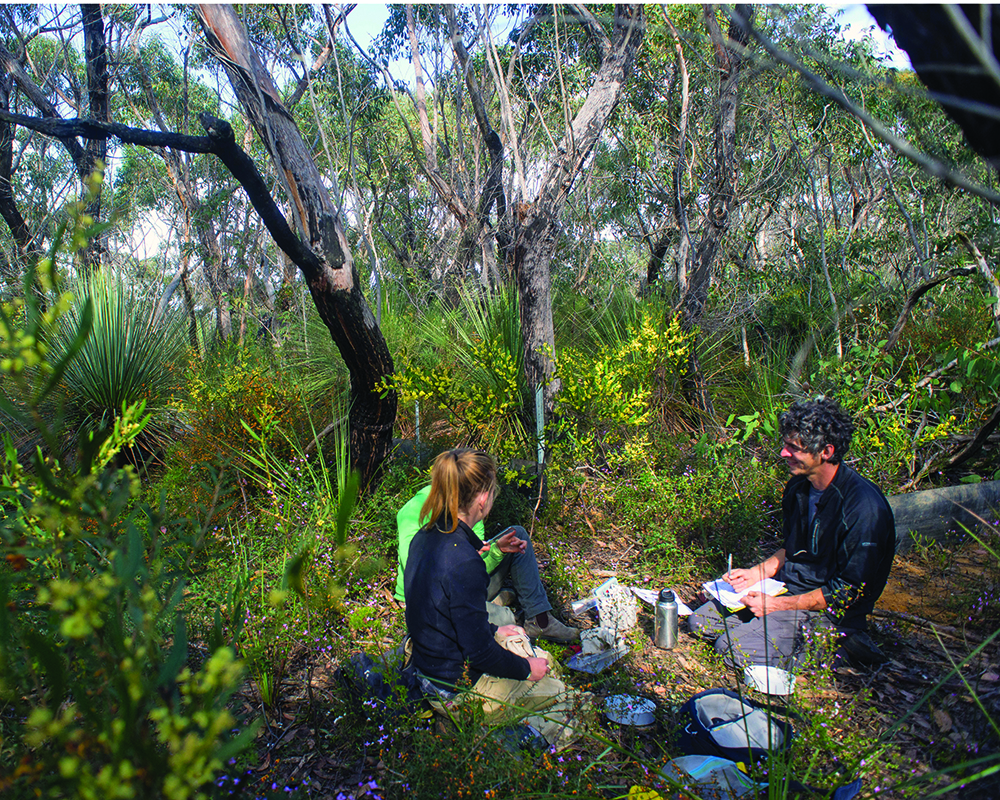
Detecting and protecting the Kangaroo Island dunnart
Monday, 24 September 2018 -
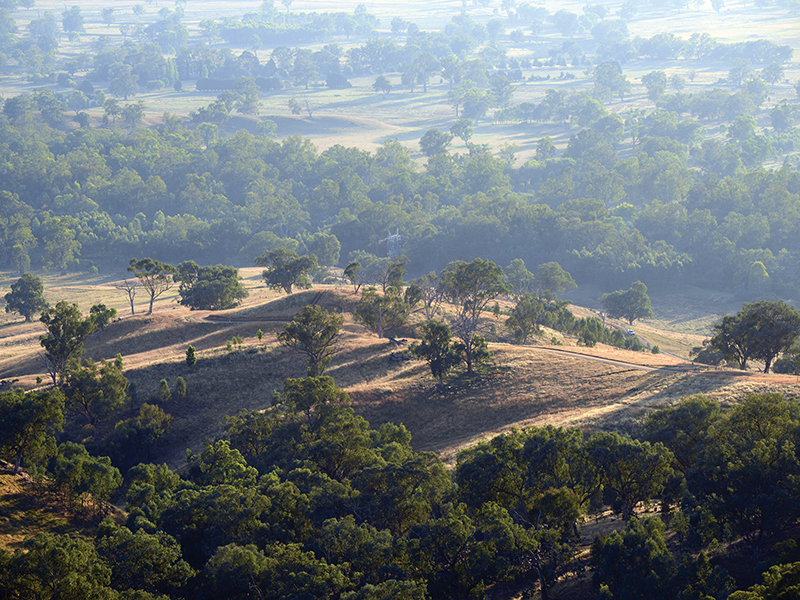
Ecosystem accounting in agricultural landscapes
Tuesday, 30 June 2020 -
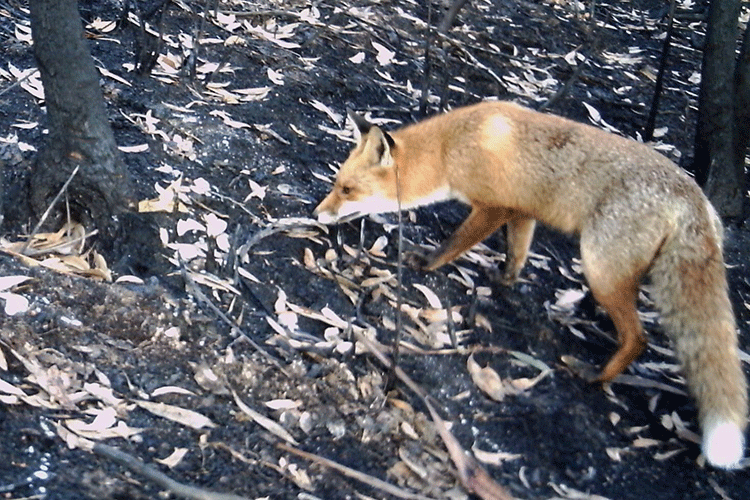
Fire leads to spike in invasive predators
Tuesday, 23 May 2017 -
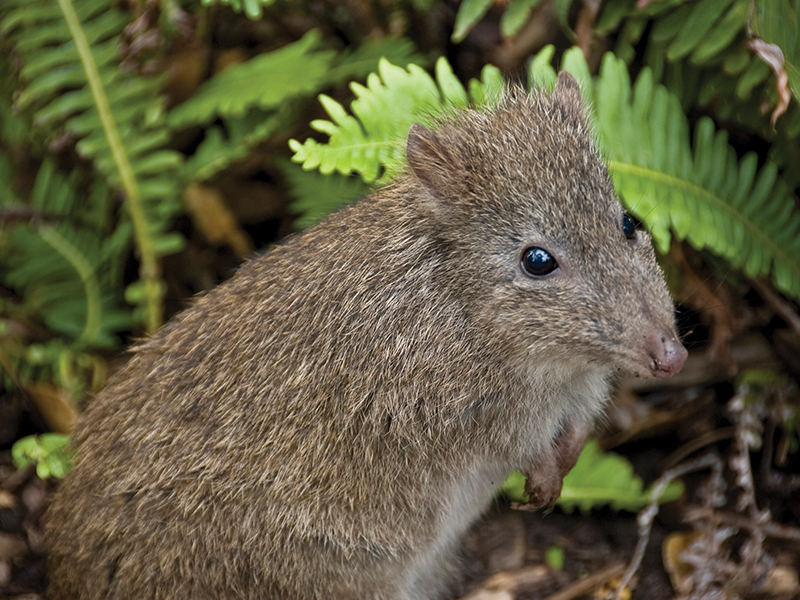
FoxNet: A game changer for fox control
Tuesday, 30 June 2020 -
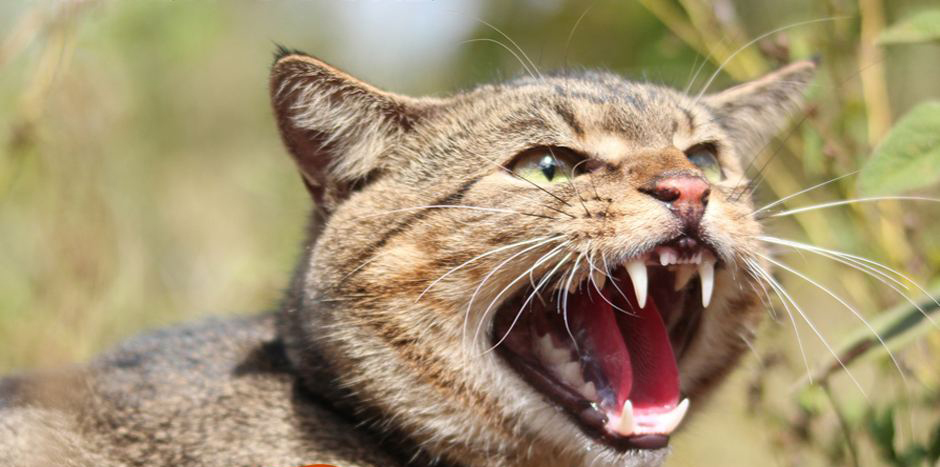
How many cats?
Wednesday, 14 December 2016 -
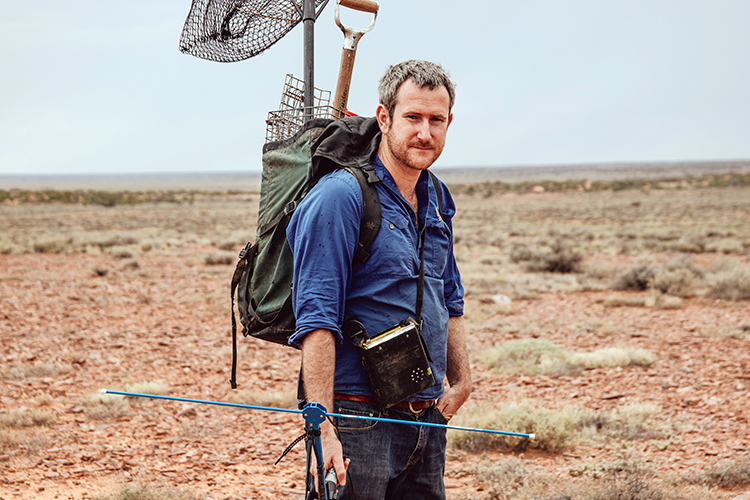
Hugh McGregor - Comprehending Cats
Monday, 16 March 2020 -
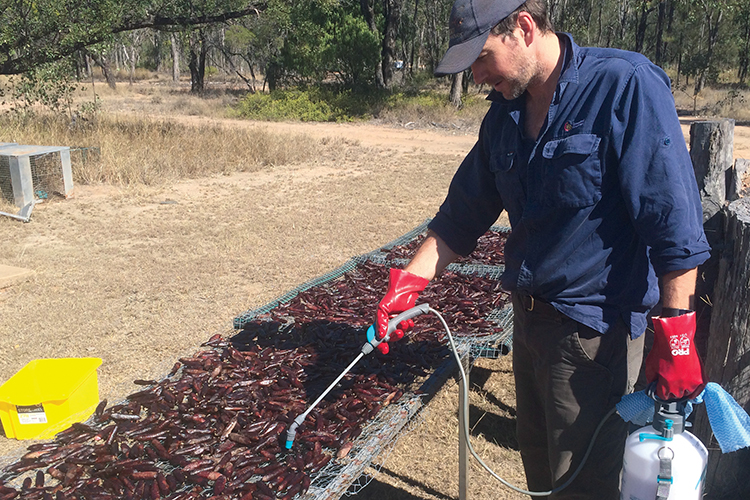
Improving feral cat control - Baiting trials at Taunton National Park
Monday, 16 March 2020 -
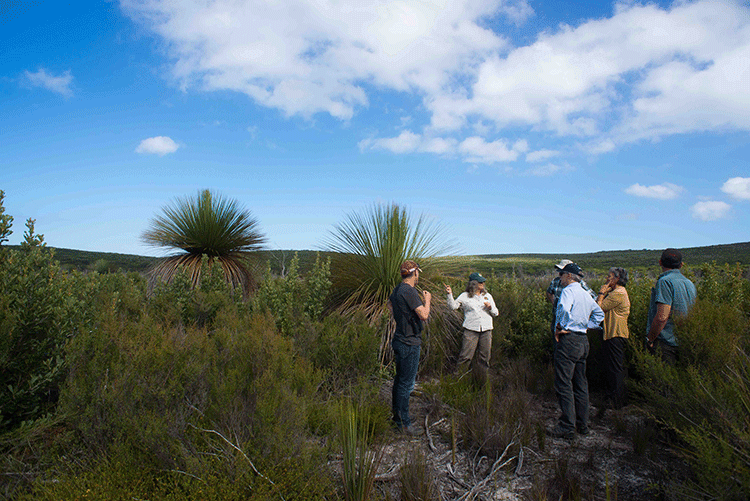
In search of the KI dunnart – Island conservation after the feral cat
Tuesday, 06 June 2017 -
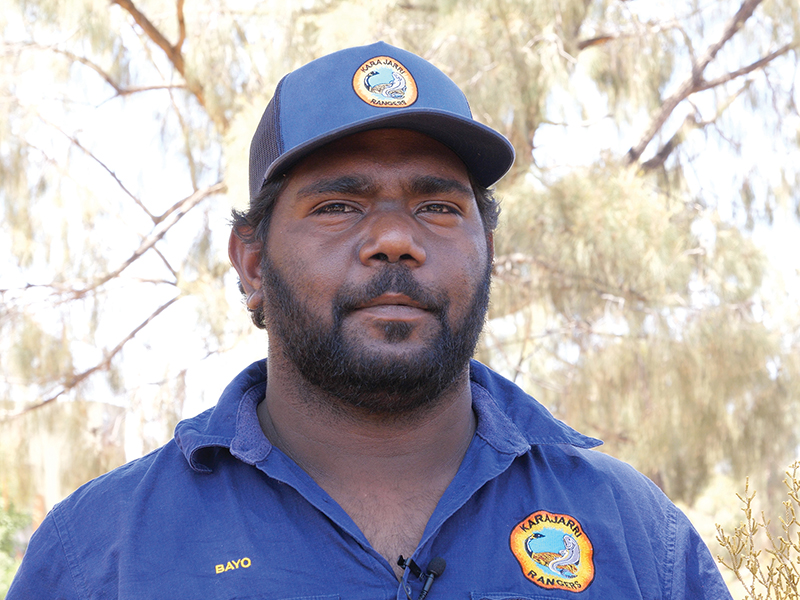
Indigenous land manager profile: Braedan Taylor
Tuesday, 30 June 2020 -
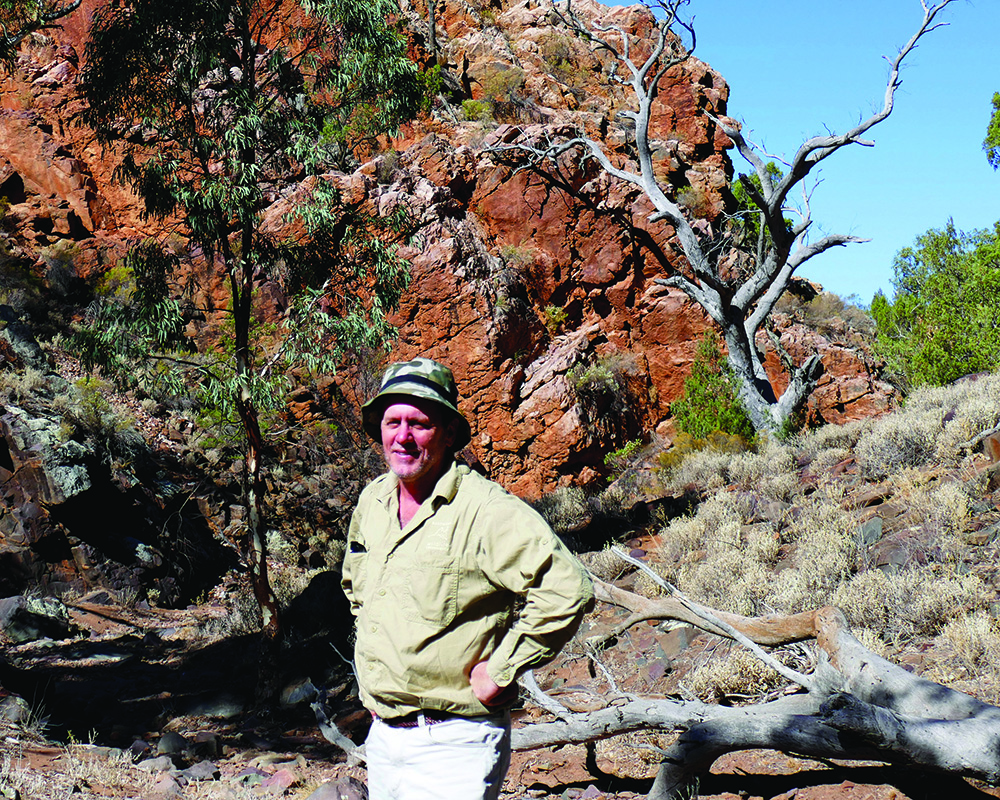
Researcher Profile: John Kanowski, A life in ecology
Monday, 24 September 2018 -
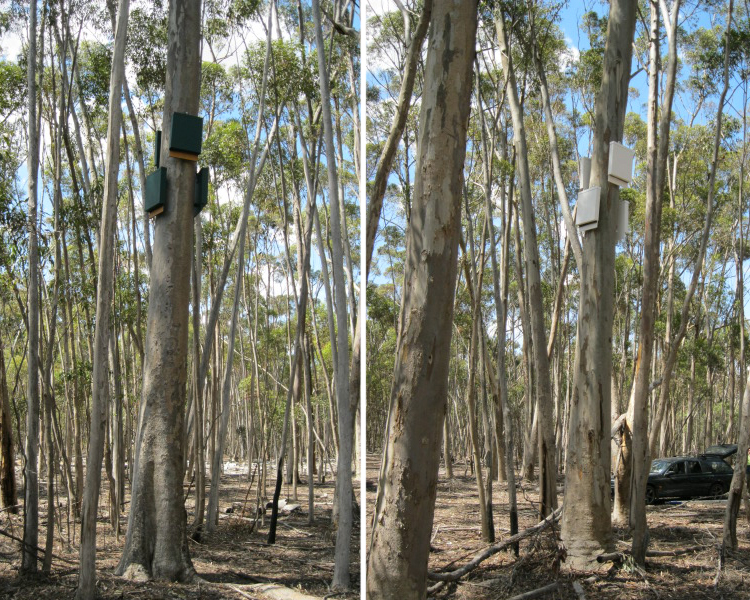
Judging a box by its cover
Tuesday, 13 February 2018 -
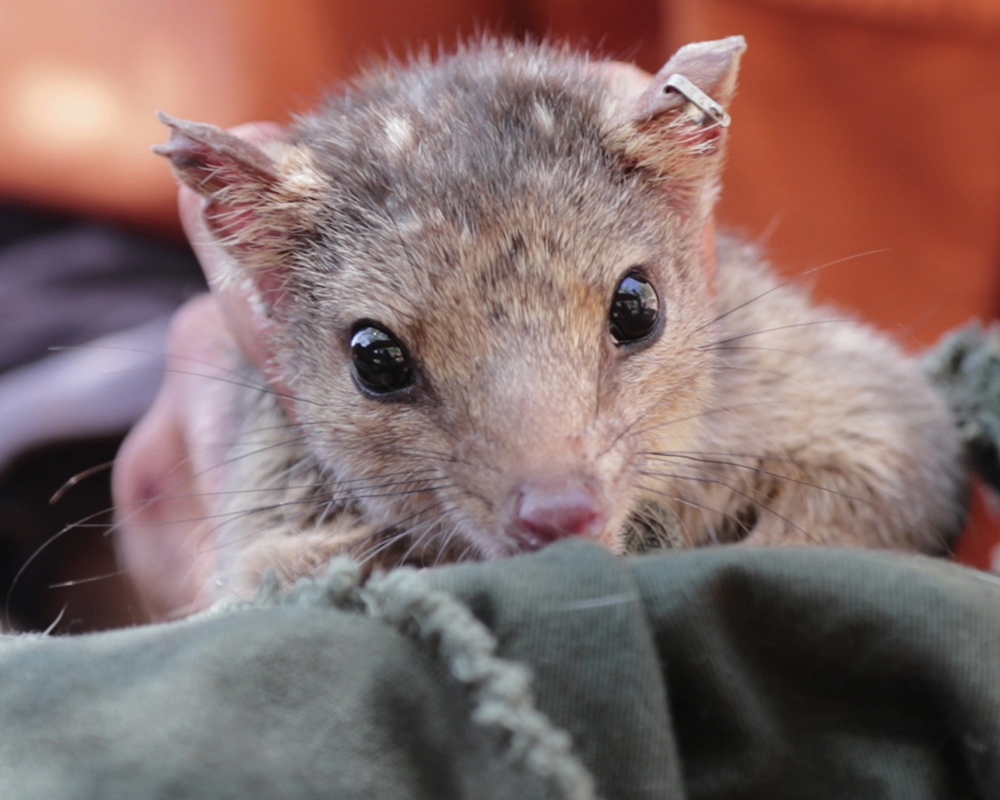
Life of quolls in the Pilbara
Tuesday, 04 December 2018 -
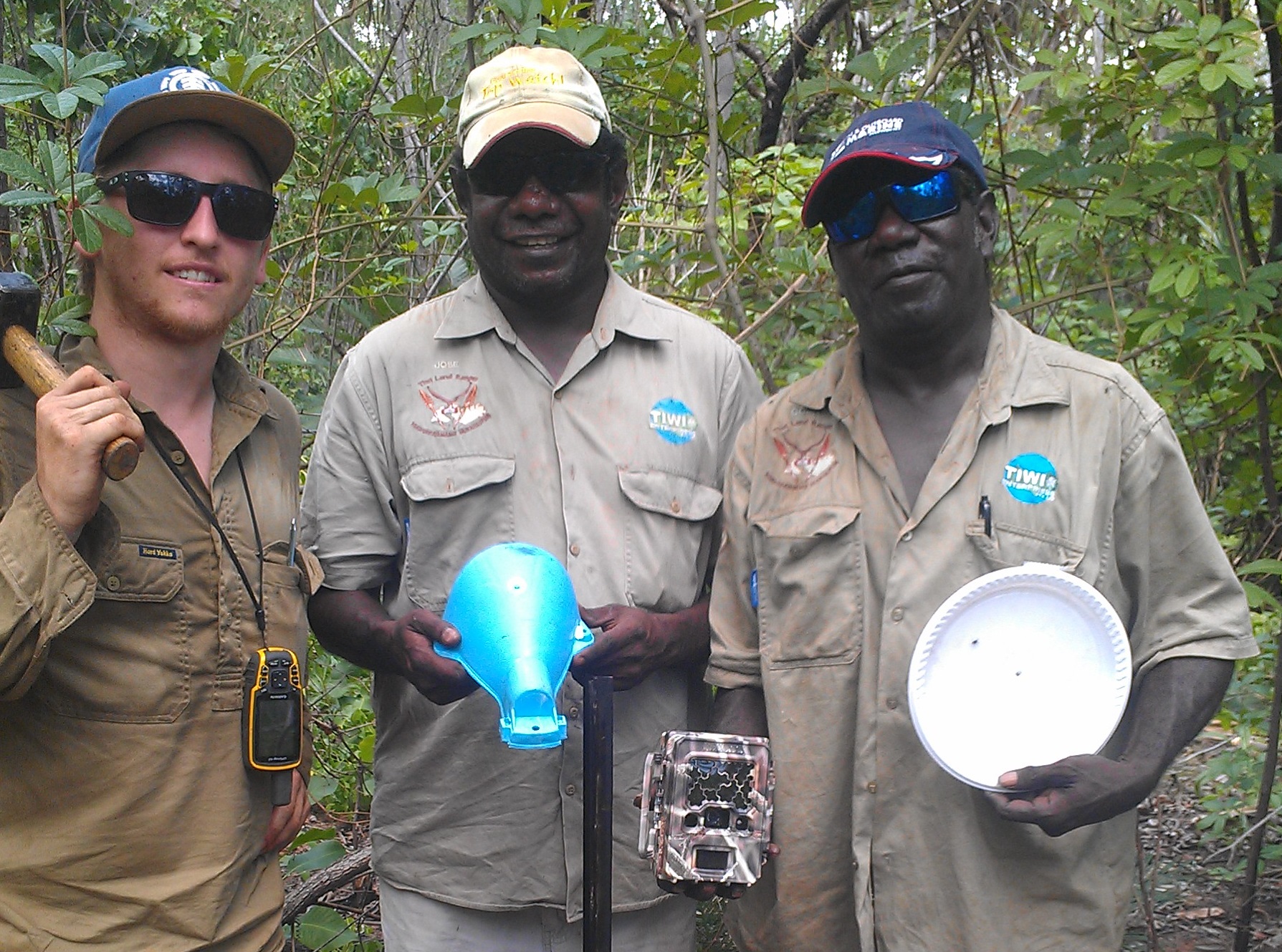
Melville Island mammal declines fought with fire
Monday, 13 March 2017 -
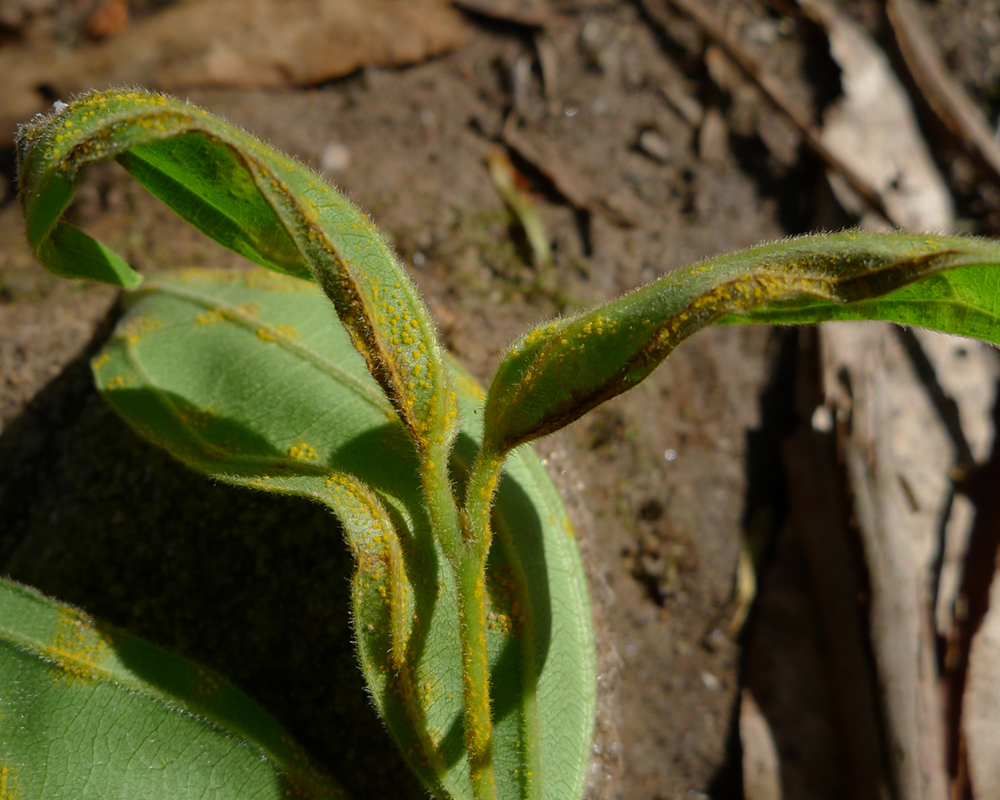
Myrtle rust is here
Tuesday, 29 May 2018 -
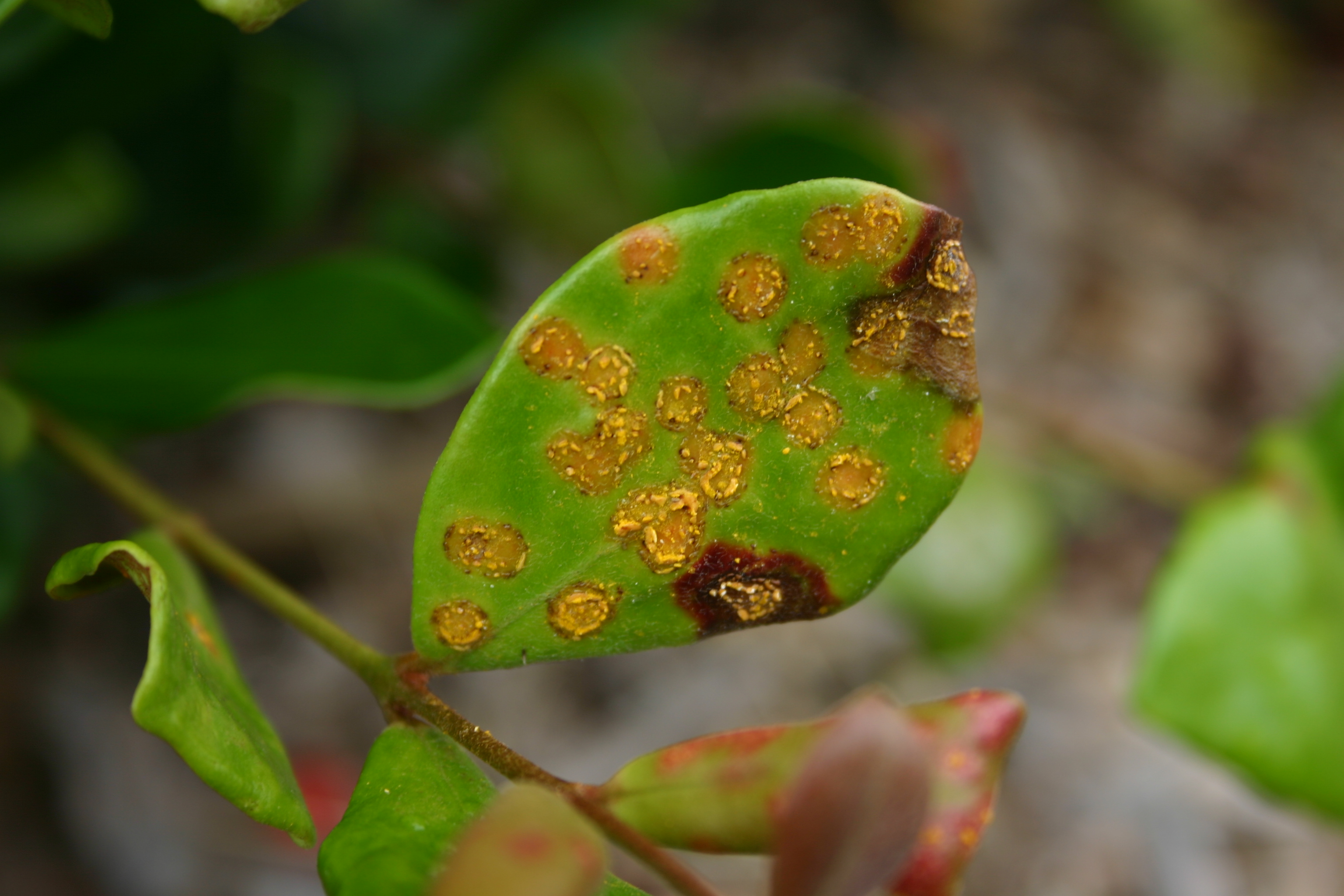
National approach required for myrtle rust threat
Wednesday, 04 May 2016 -
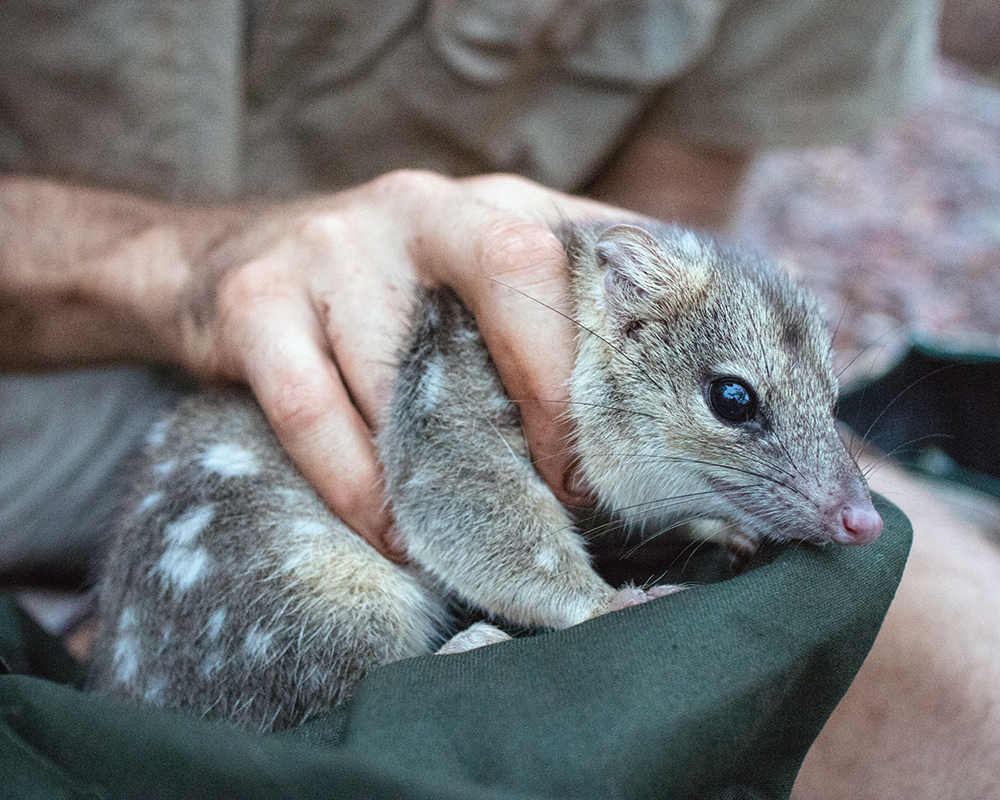
Video: How are Northern Quolls responding to feral cat baiting in the Pilbara?
Tuesday, 05 December 2017 -
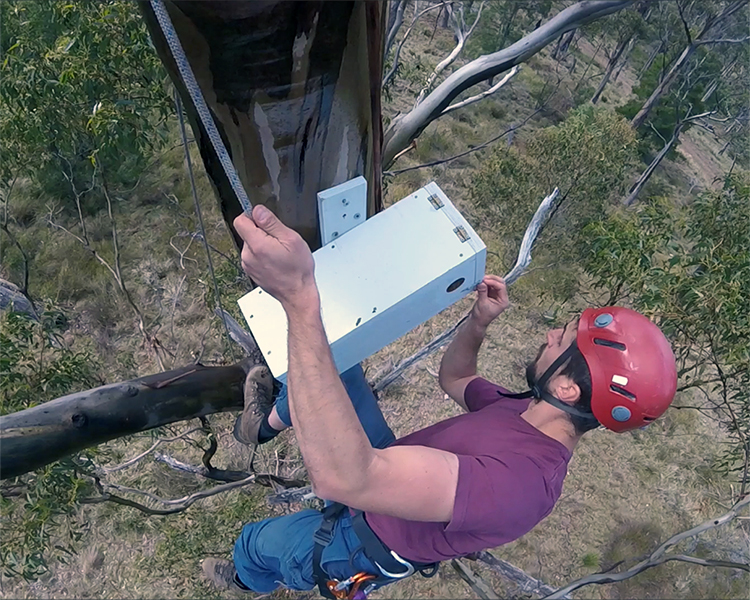
Out of the box - Designing nest boxes for conservation success
Tuesday, 13 February 2018 -
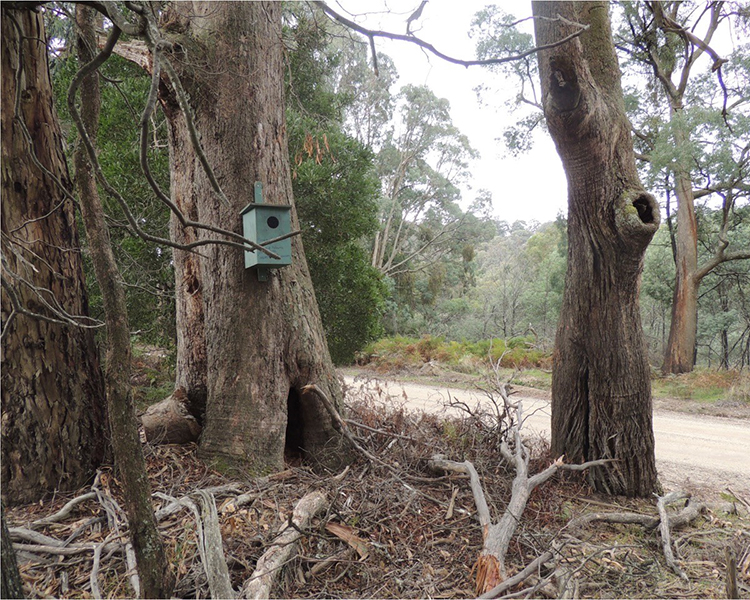
Putting the heat on nest boxes
Tuesday, 13 February 2018 -
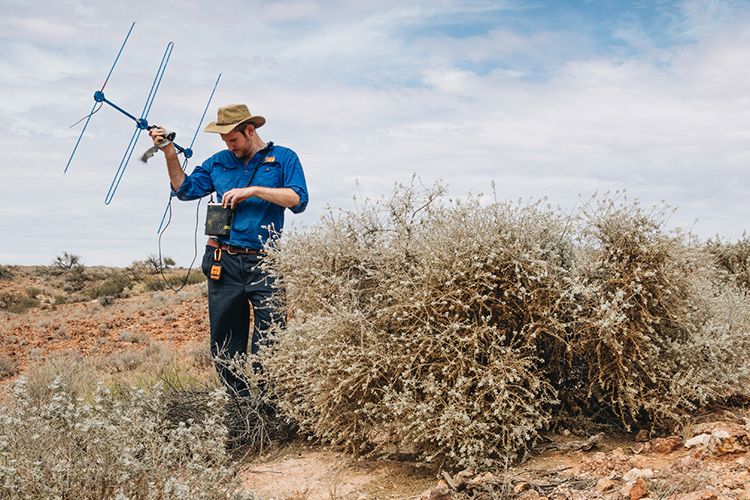
Rabbit burrows helping cats colonise new frontiers
Monday, 16 March 2020 -
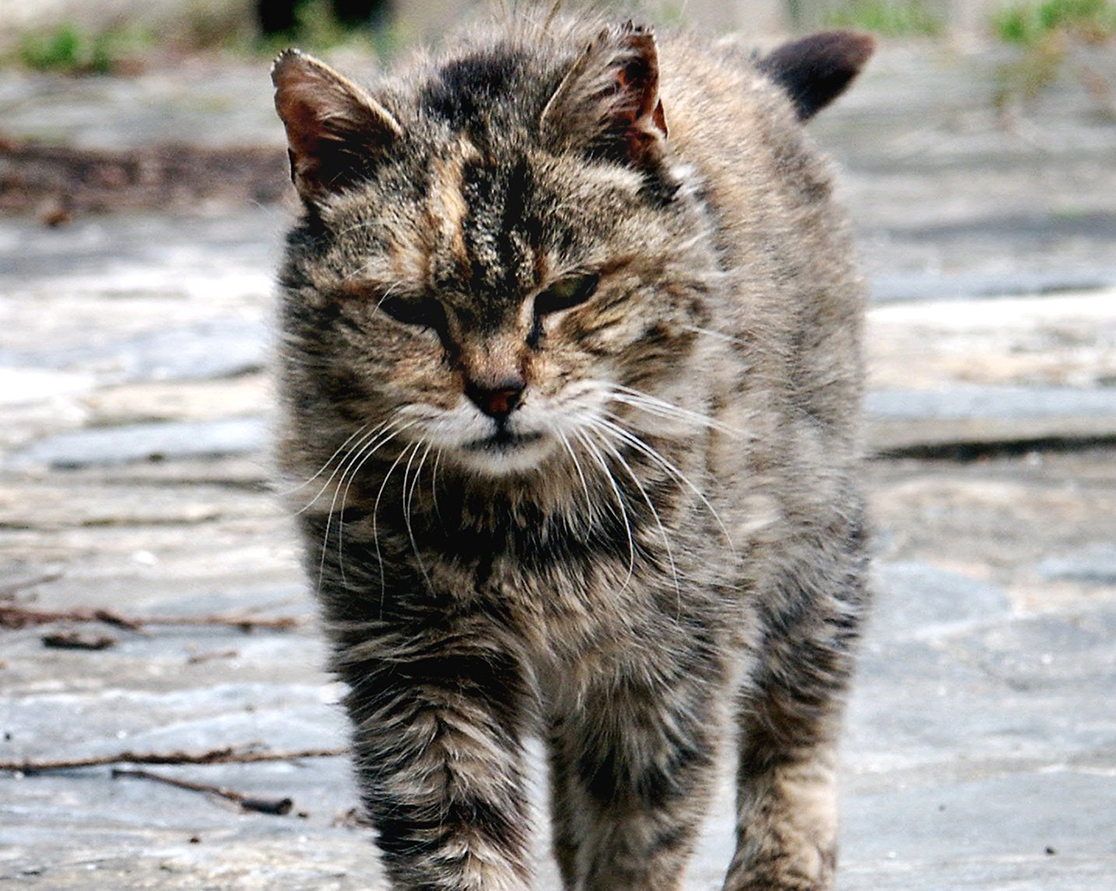
Rabbits off the menu for feral cats
Monday, 14 November 2016 -
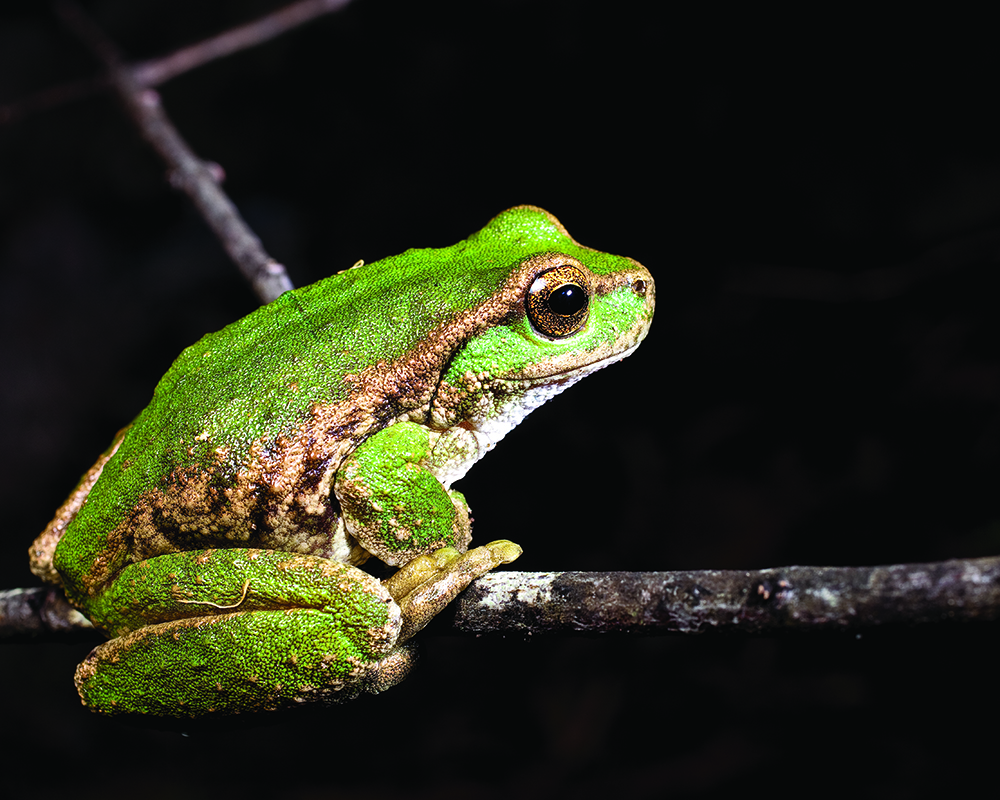
Refuges offer hope for the spotted tree frog
Monday, 24 September 2018 -
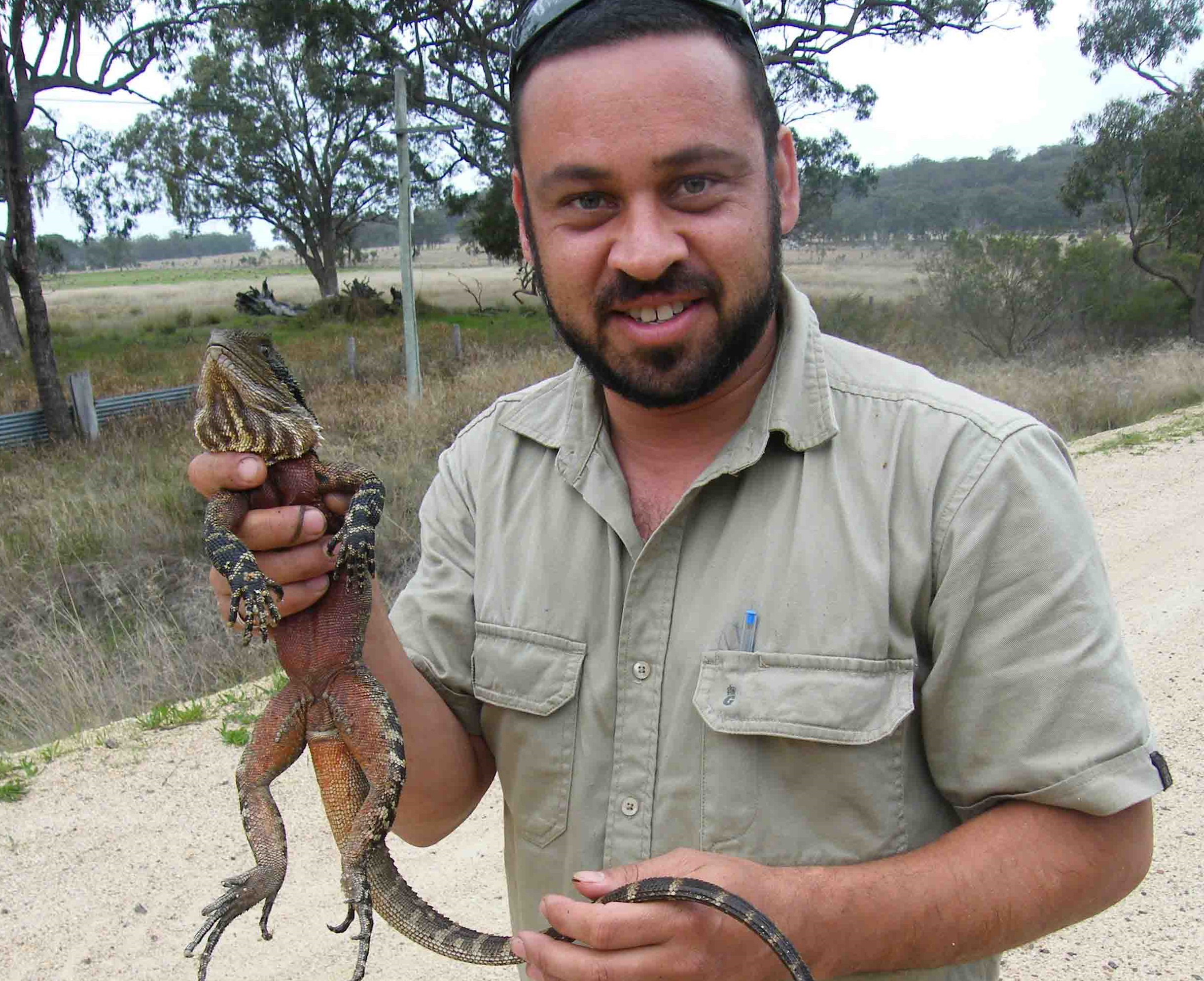
Researcher Profile: Dr Damian Michael
Thursday, 25 May 2017 -

Restoring box gum grassy woodlands
Monday, 01 July 2019 -
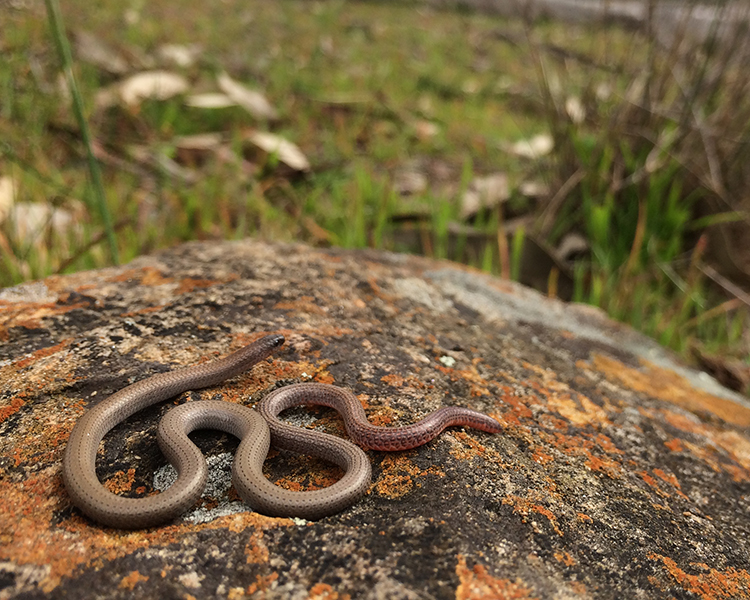
Rock on! Restoring critical rock habitat for reptiles on farms
Tuesday, 13 February 2018 -
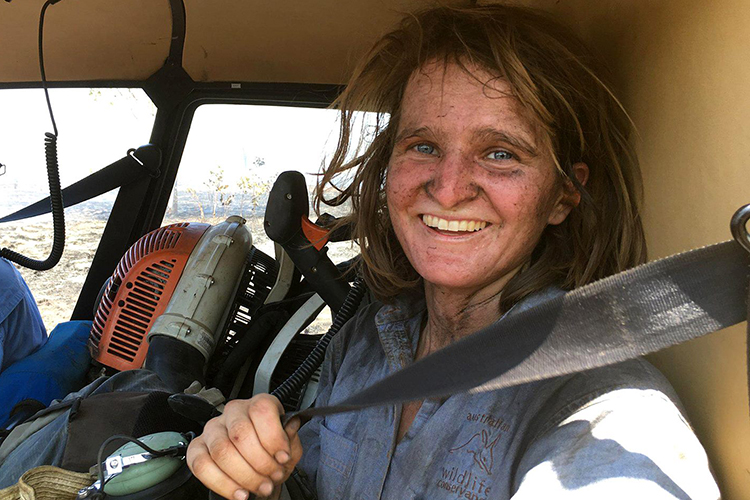
Researcher Profile: Rosemary Hohnen
Wednesday, 05 June 2019 -
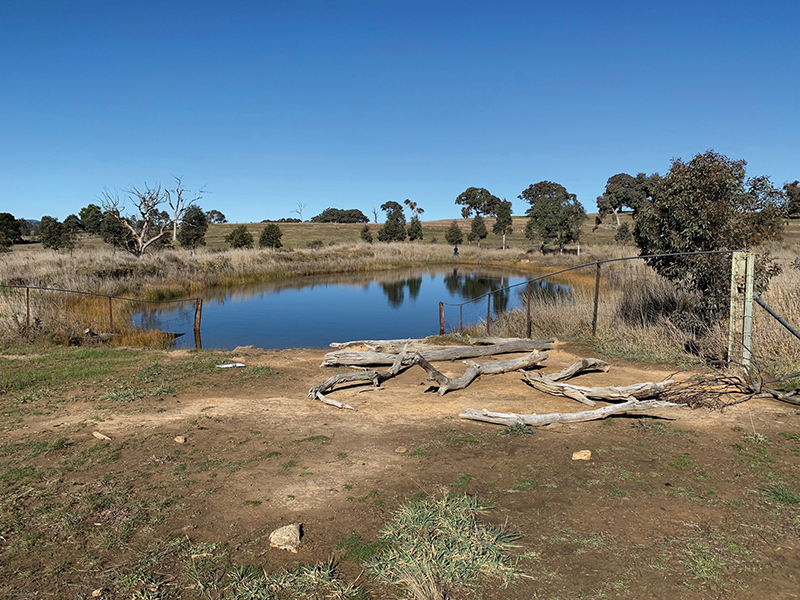
Sustainable Farms: bringing people together to support healthy farms, farmers and profits
Tuesday, 30 June 2020 -
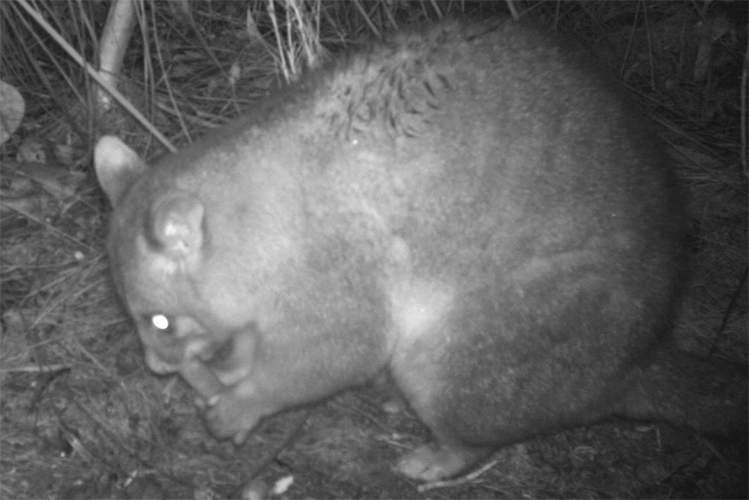
Testing cat baiting on Kangaroo Island
Monday, 16 March 2020 -
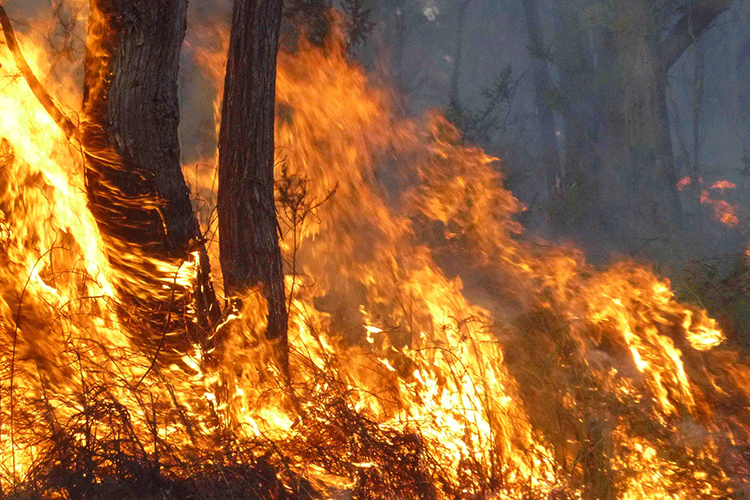
The fire, the fox and the feral cat
Tuesday, 06 June 2017 -

The kowari: Saving a central Australian micro-predator
Wednesday, 05 June 2019 -
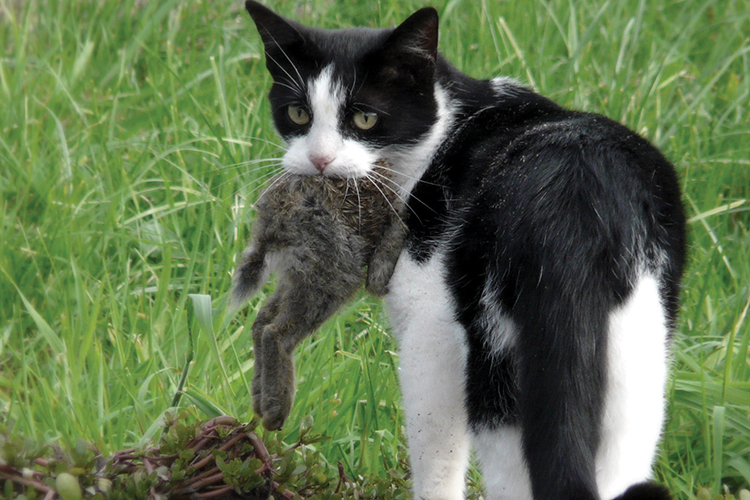
The mathematics of cats
Monday, 16 March 2020 -
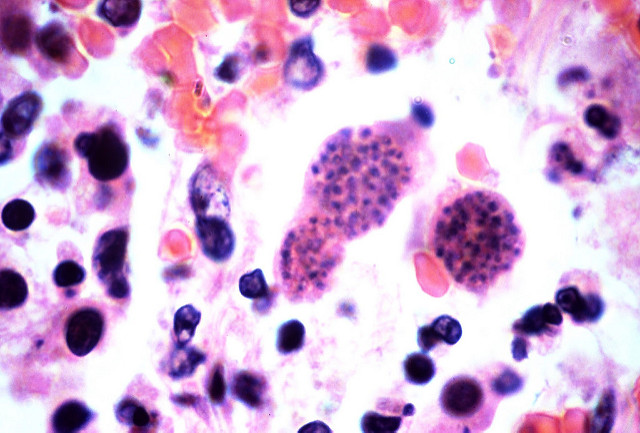
The other kind of invasive species
Thursday, 08 September 2016 -
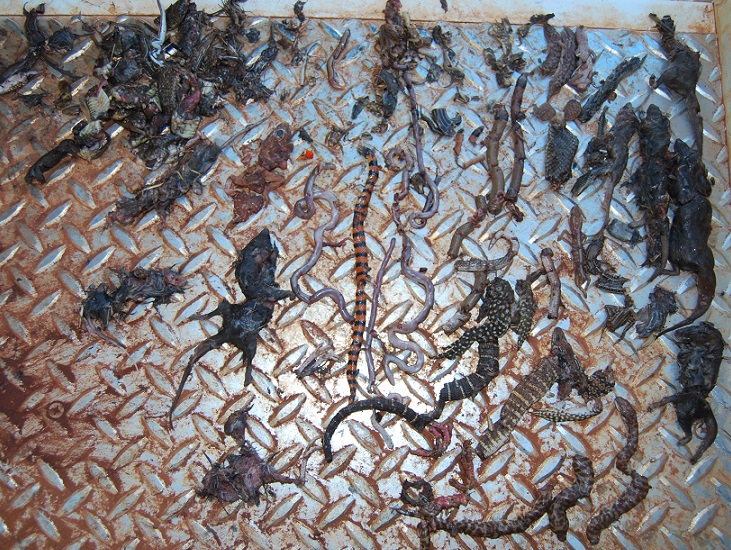
The unnoticed toll of cats on reptiles
Monday, 25 June 2018 -
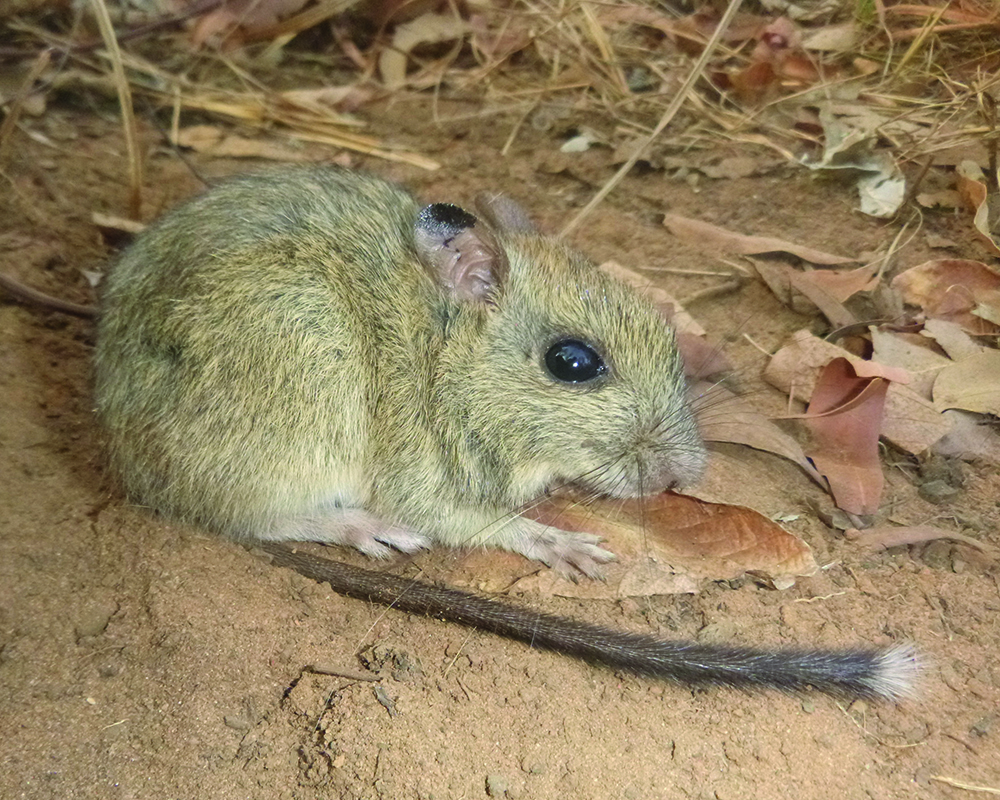
Tiwi Island mammals: Saving the brush-tailed rabbit-rat
Tuesday, 11 September 2018 -
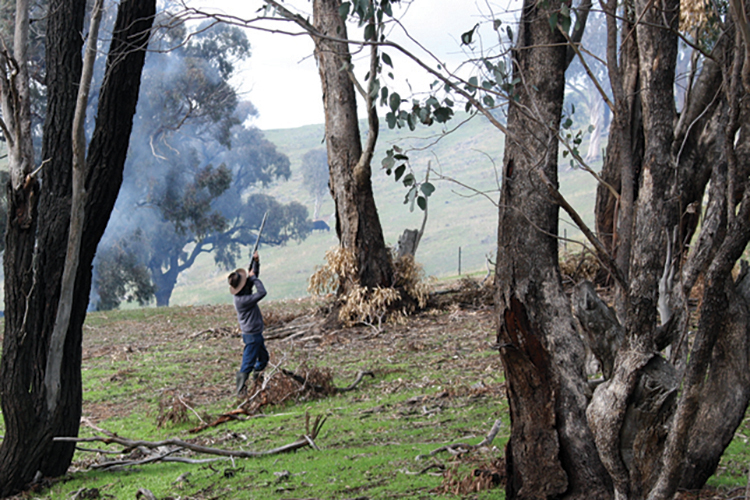
To cull or not to cull? Quieting the noisy miner
Wednesday, 05 June 2019 -
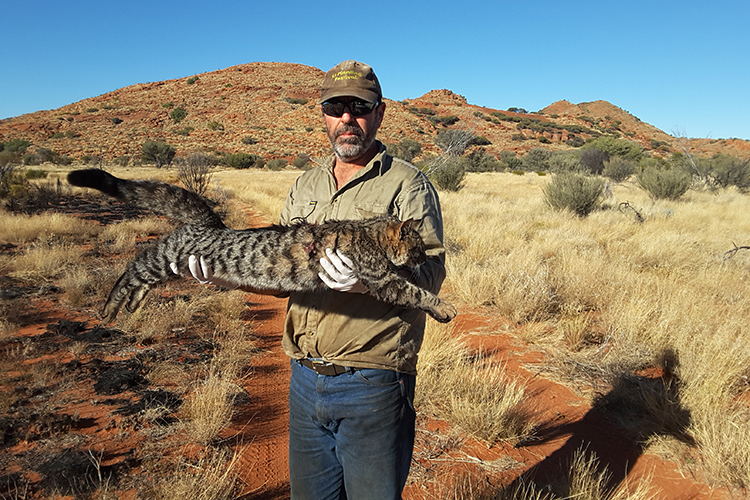
Tracking cats to help the night parrot
Wednesday, 05 June 2019 -
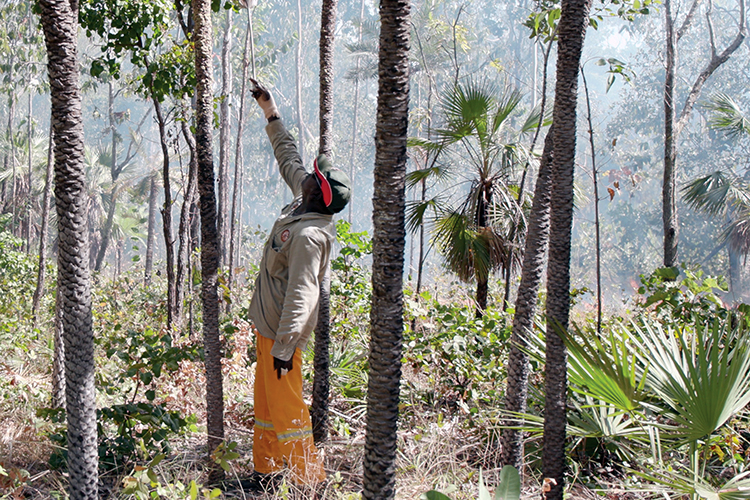
Using fire to reduce cat impacts on the Tiwi Islands
Monday, 16 March 2020 -
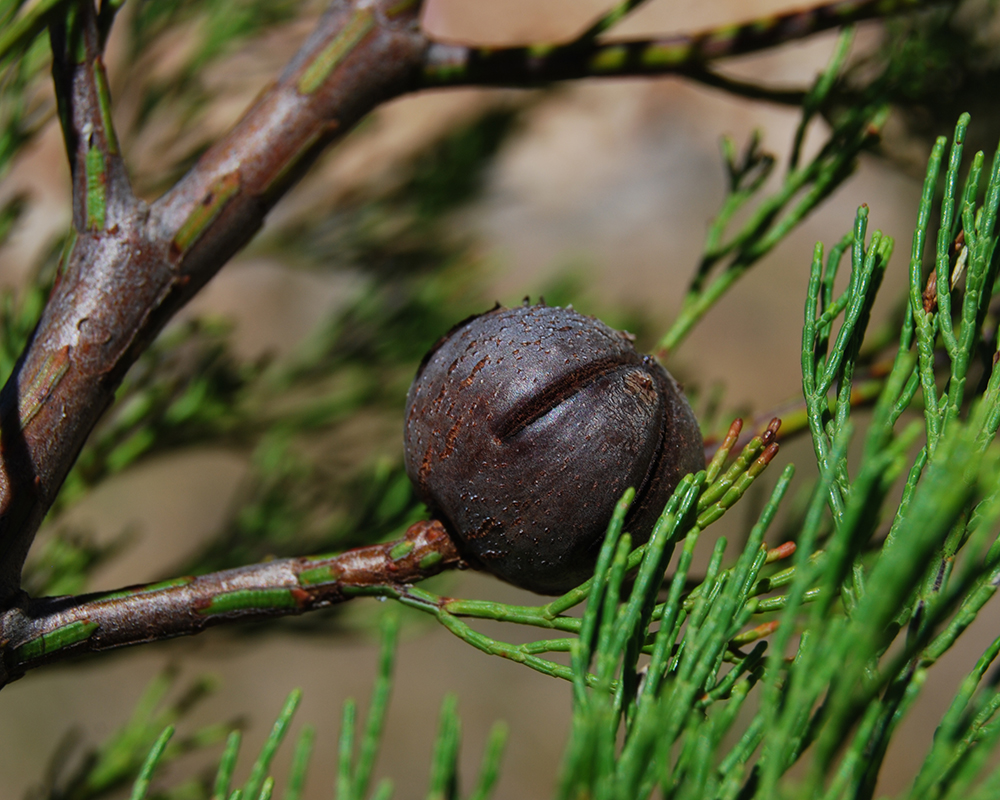
Welcome to the Community
Tuesday, 26 September 2017 -
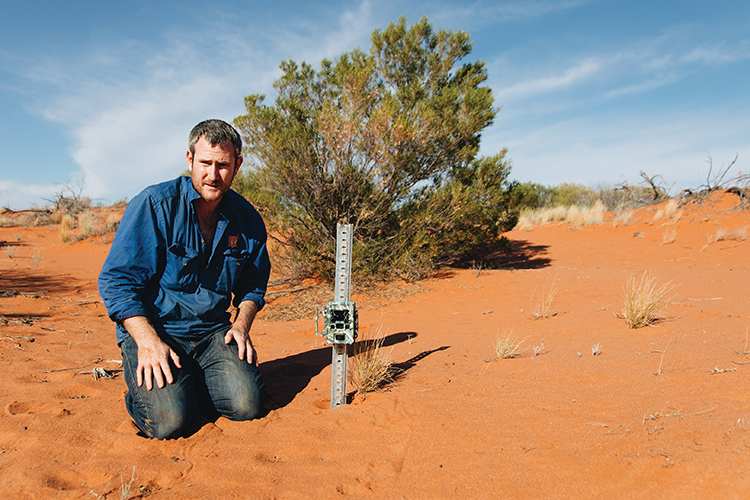
When rabbits are off the menu, what’s for dinner?
Monday, 16 March 2020 -
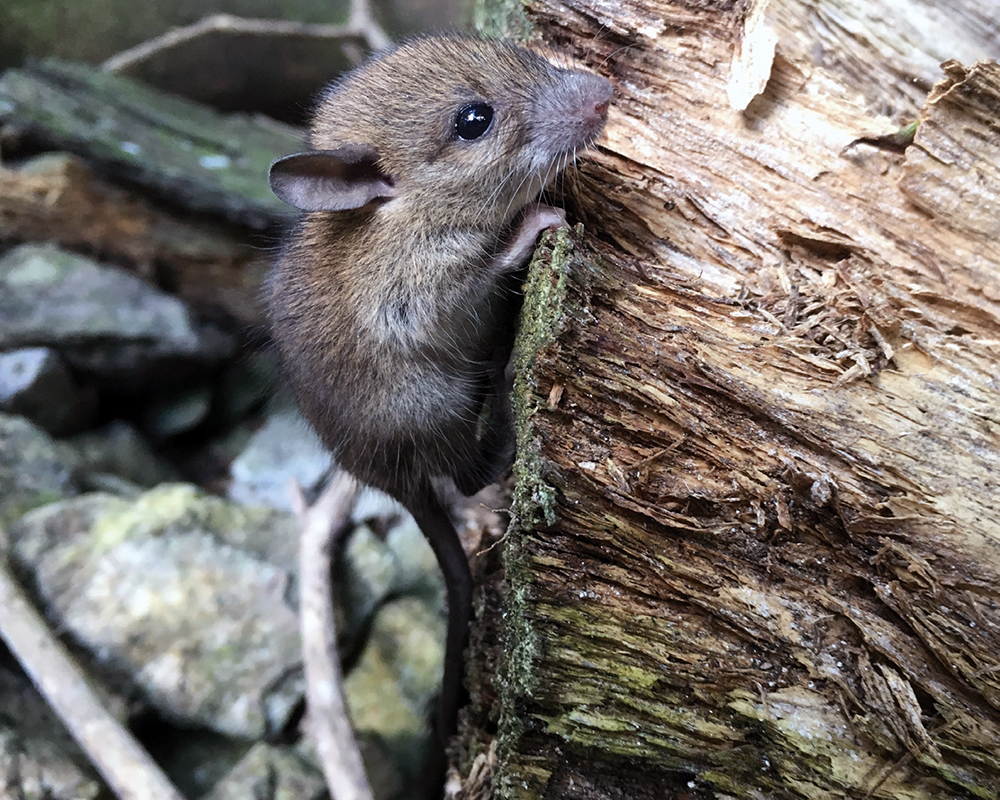
When the cat’s away will the rats play?
Monday, 16 March 2020 -
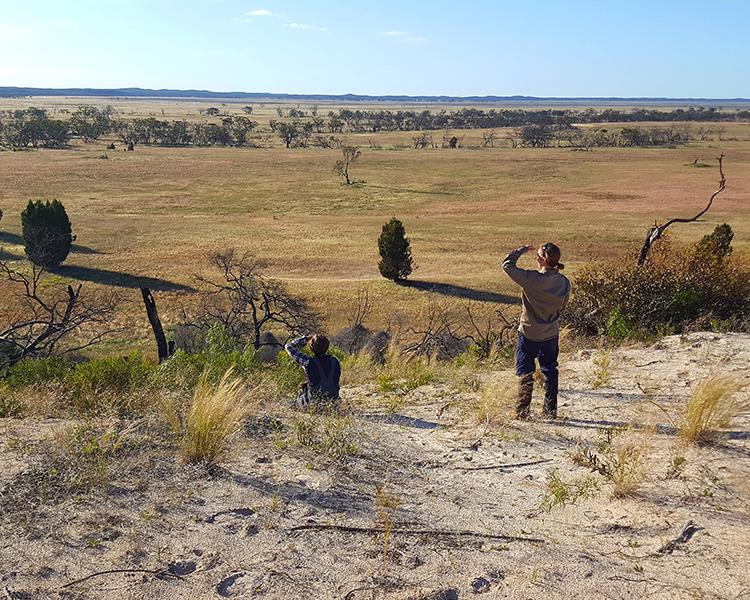
Why Buloke woodland species are failing to regenerate
Friday, 20 October 2017 -
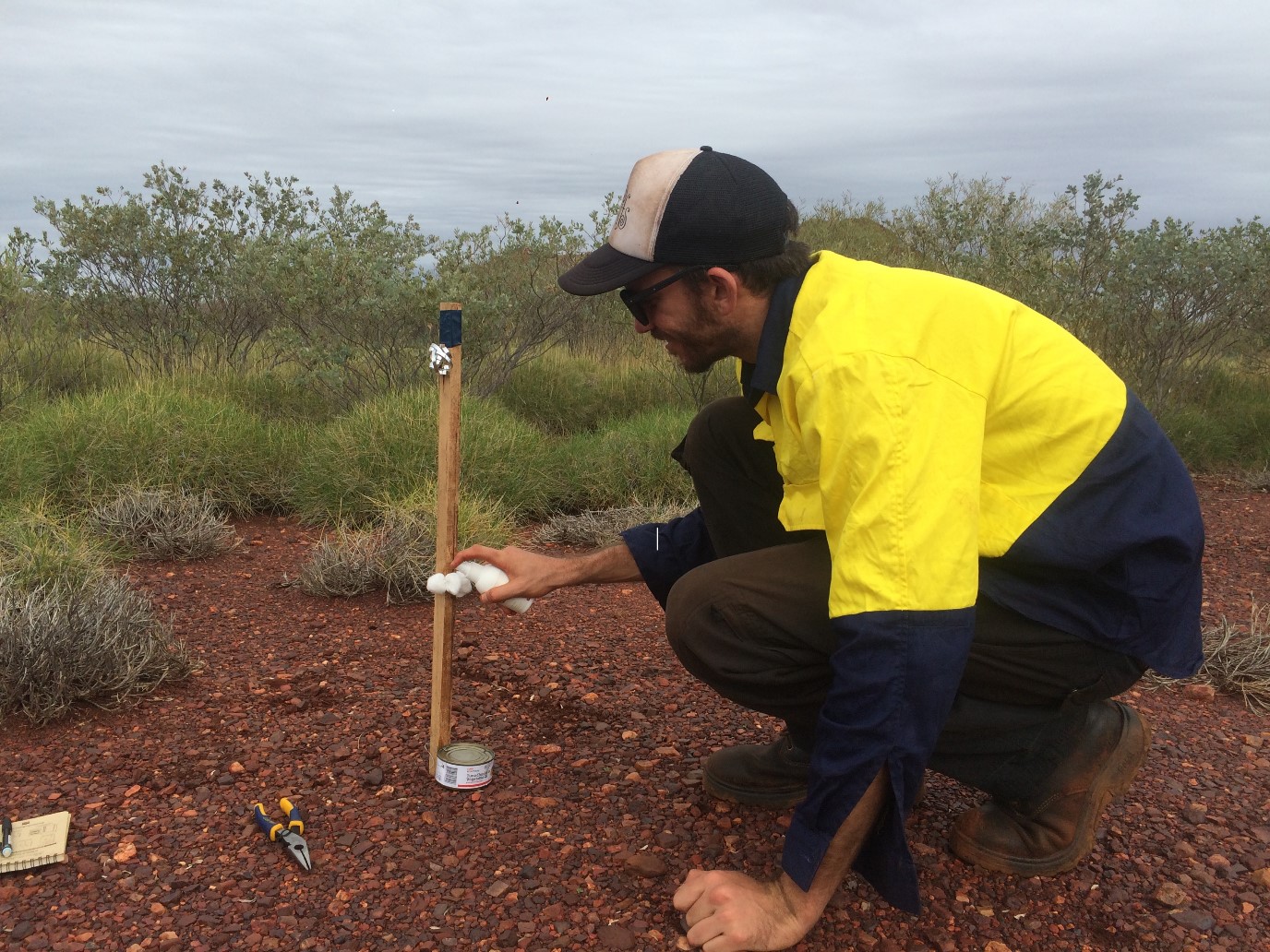
Will baiting benefit northern quolls in the Pilbara?
Monday, 01 August 2016 -
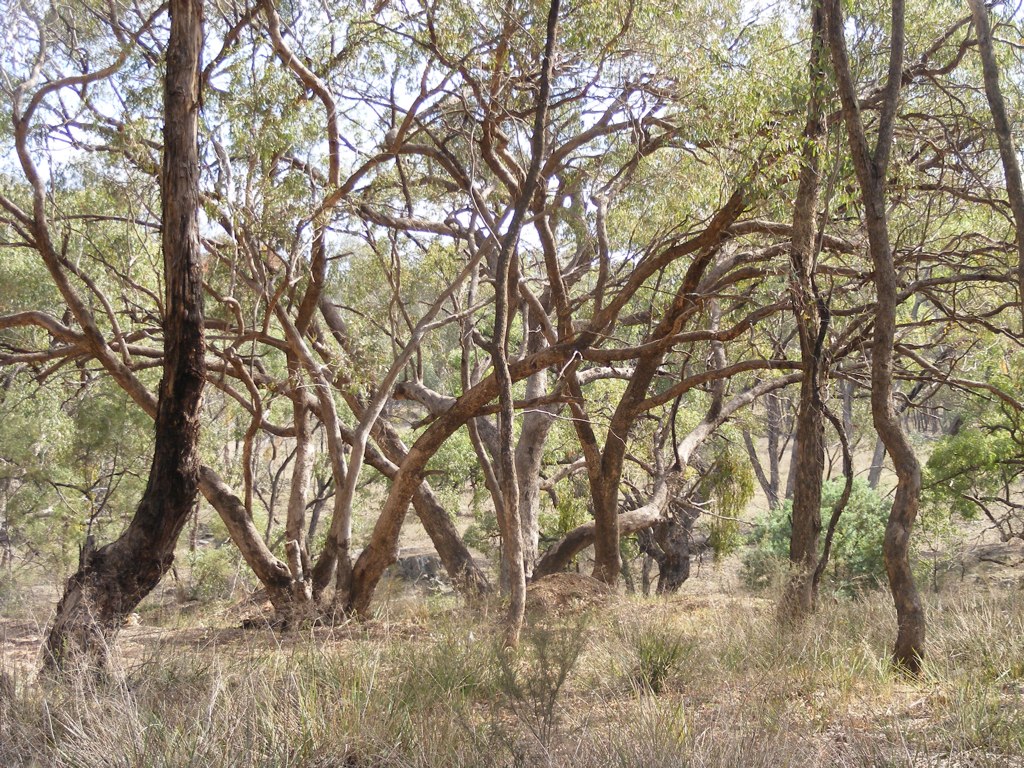
Saving woodland and alpine habitats
Friday, 03 June 2016 -
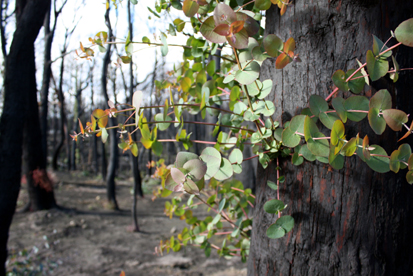
Strategic fire management can reduce extinctions
Sunday, 22 November 2015 -
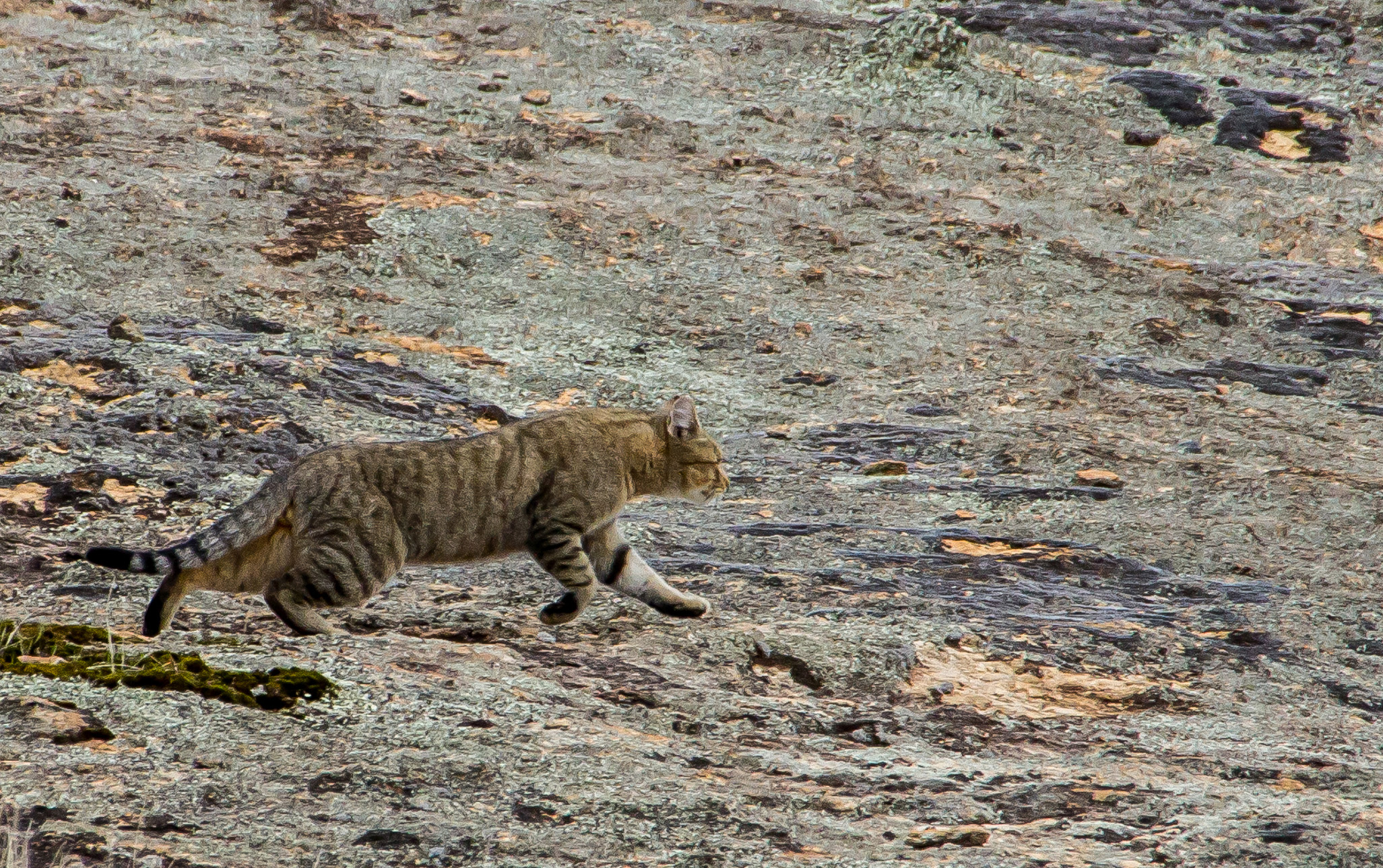
Threatened Species Recovery Hub to join fight against feral cats
Tuesday, 03 November 2015 -
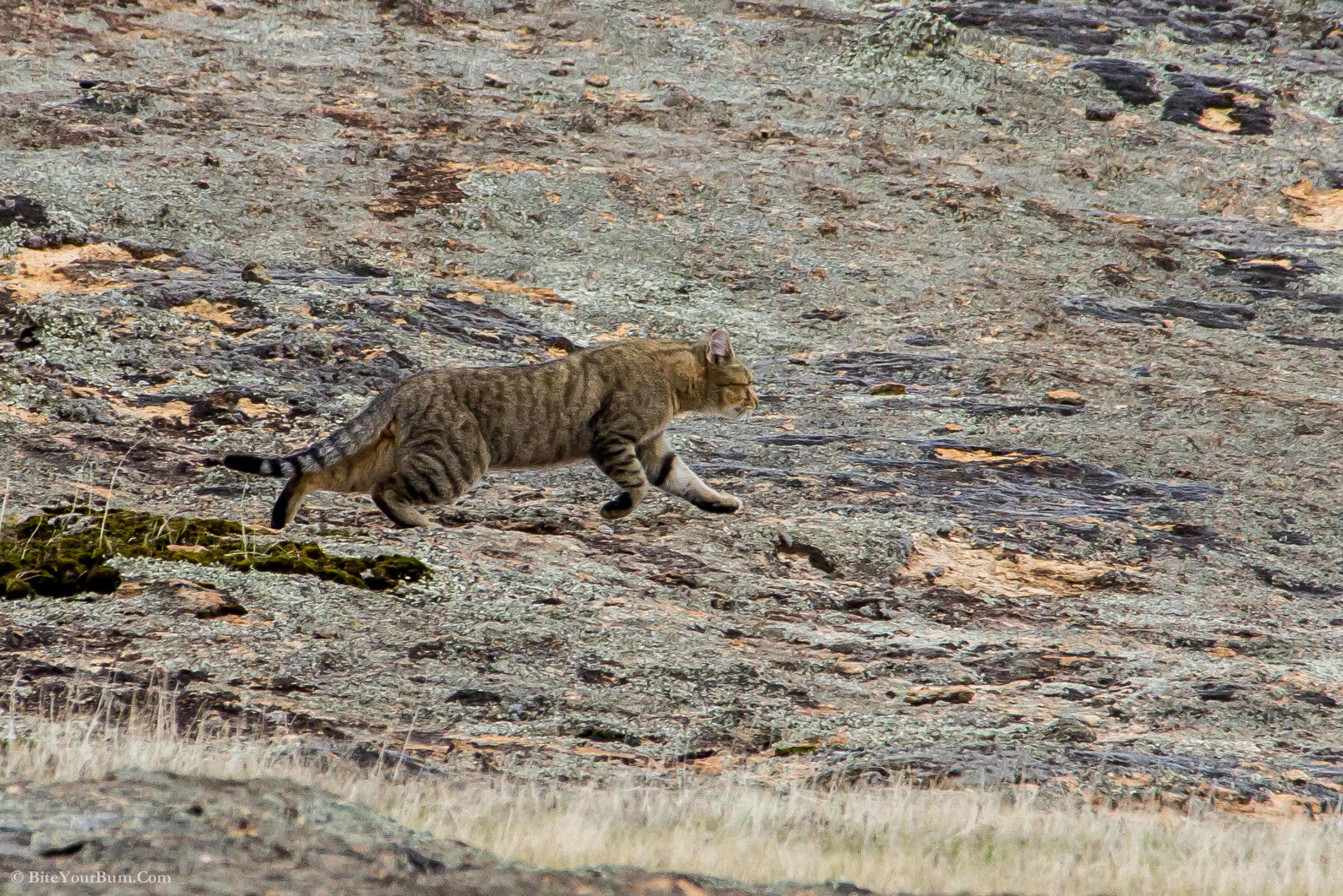
TSR contributes to Feral Cat Taskforce
Monday, 28 March 2016 -
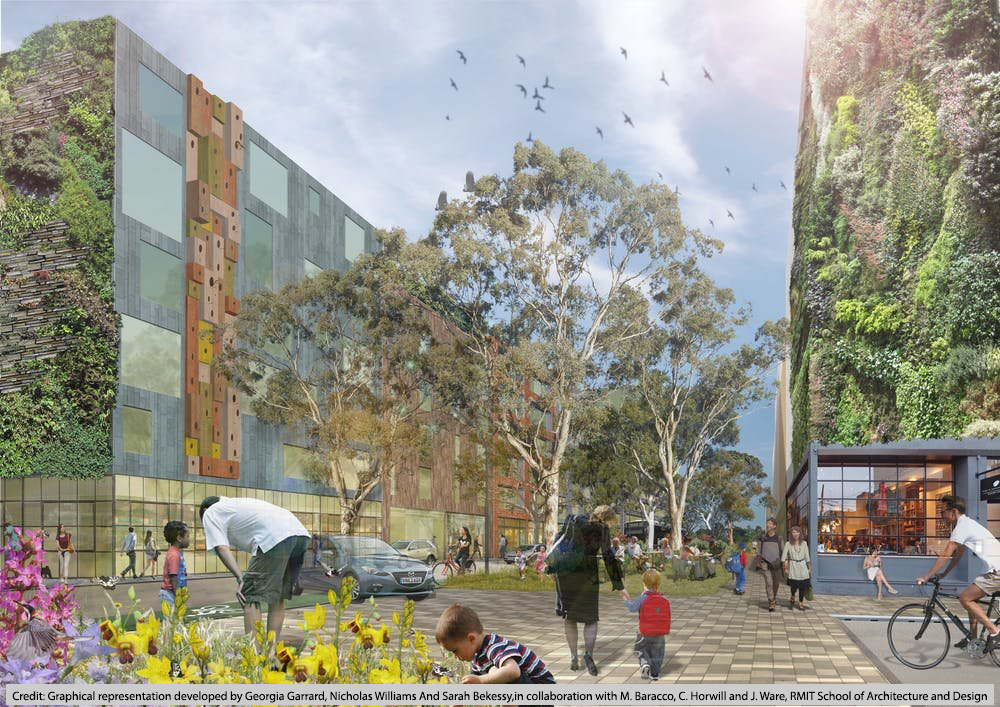
Business–Biodiversity webinar series: Putting biodiversity into business decisions
Wednesday, 28 October 2020 -

Building collaboration and two-way science
Sunday, 12 December 2021 -
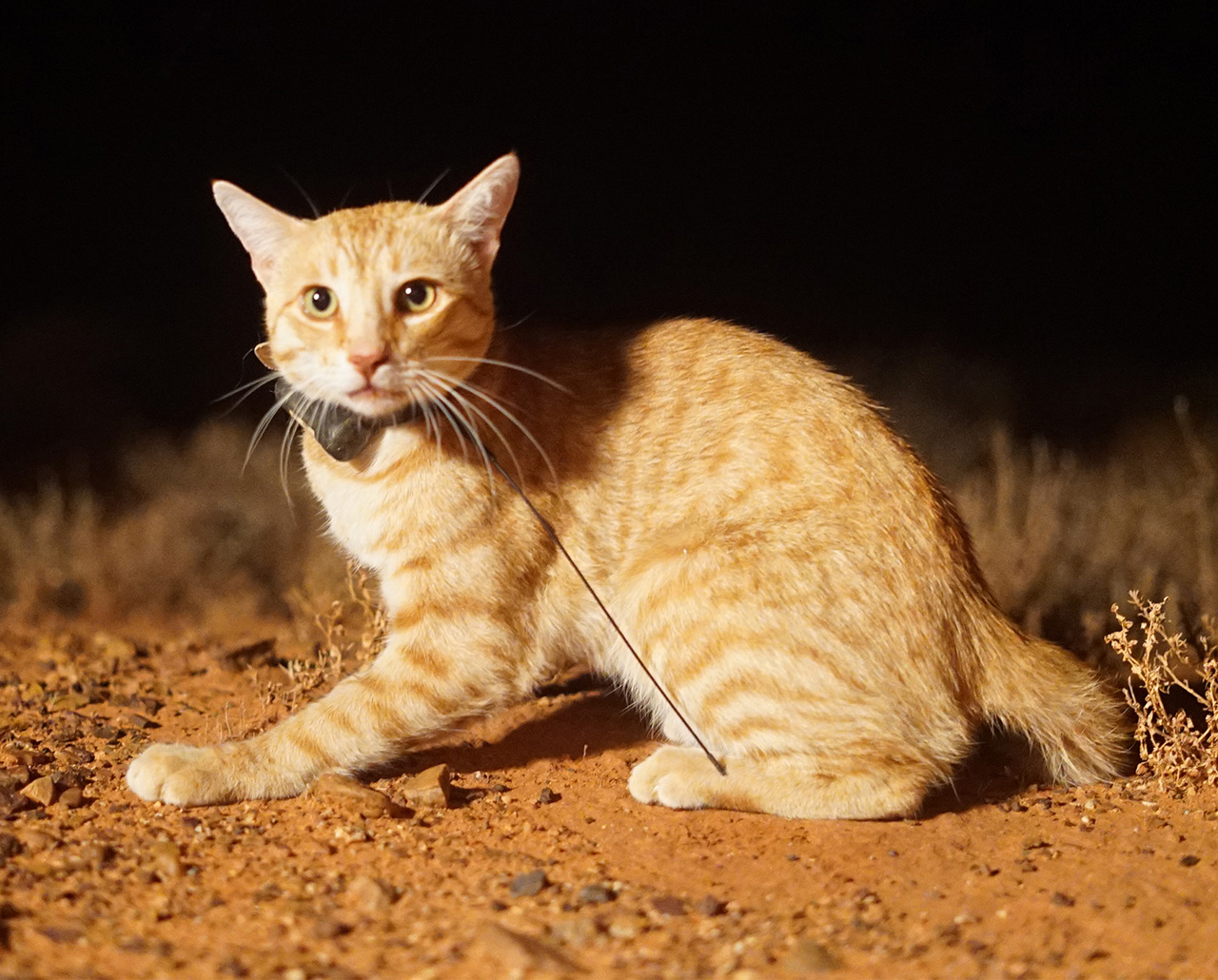
Cat science finalist for Eureka Prize
Monday, 28 September 2020
Related Videos
-

Combating a conservation catastrophe: Understanding and managing cat impacts on wildlife
Tuesday, 06 October 2020 -

The impact of roaming pet cats on Australian wildlife
Monday, 27 July 2020 -

Kangaroo Island Post-fire Wildlife Recovery Workshop
Monday, 27 July 2020 -

Protecting Tiwi mammals
Monday, 27 July 2020 -

How does fire affect Karajarri Country?
Monday, 27 July 2020 -

Finding the Kangaroo Island dunnart
Monday, 27 July 2020 -

What do we know about quolls in the Pilbara?
Monday, 27 July 2020 -

Billy and the Northern Quolls
Monday, 27 July 2020 -

Rabbits and feral cats are two of the most widespread and destructive pest species in Australia
Monday, 20 September 2021 -

Understanding and combatting myrtle rust
Thursday, 28 October 2021 -

Results of cat baiting trials to help an endangered wallaby in Queensland
Friday, 26 November 2021 -

Fire, predators and the endangered northern bettong
Wednesday, 08 December 2021 -

Feral cat distribution, abundance, management and impacts on threatened species
Friday, 10 December 2021 -

Managing feral cats to benefit the night parrot
Monday, 20 December 2021
Publications & Tools
Night of the hunter: using cameras to quantify nocturnal activity in desert spiders
Journal articles
Journal articles
Characterising alpine peatland water quality on the Bogong High Plains, Victoria
Findings factsheets
Findings factsheets
Pirra Jungku – How fire patterns have changed on Karajarri country over 70 years
Findings factsheets
Findings factsheets
Biodiversity benefits of vegetation restoration are undermined by livestock grazing
Journal articles
Journal articles




